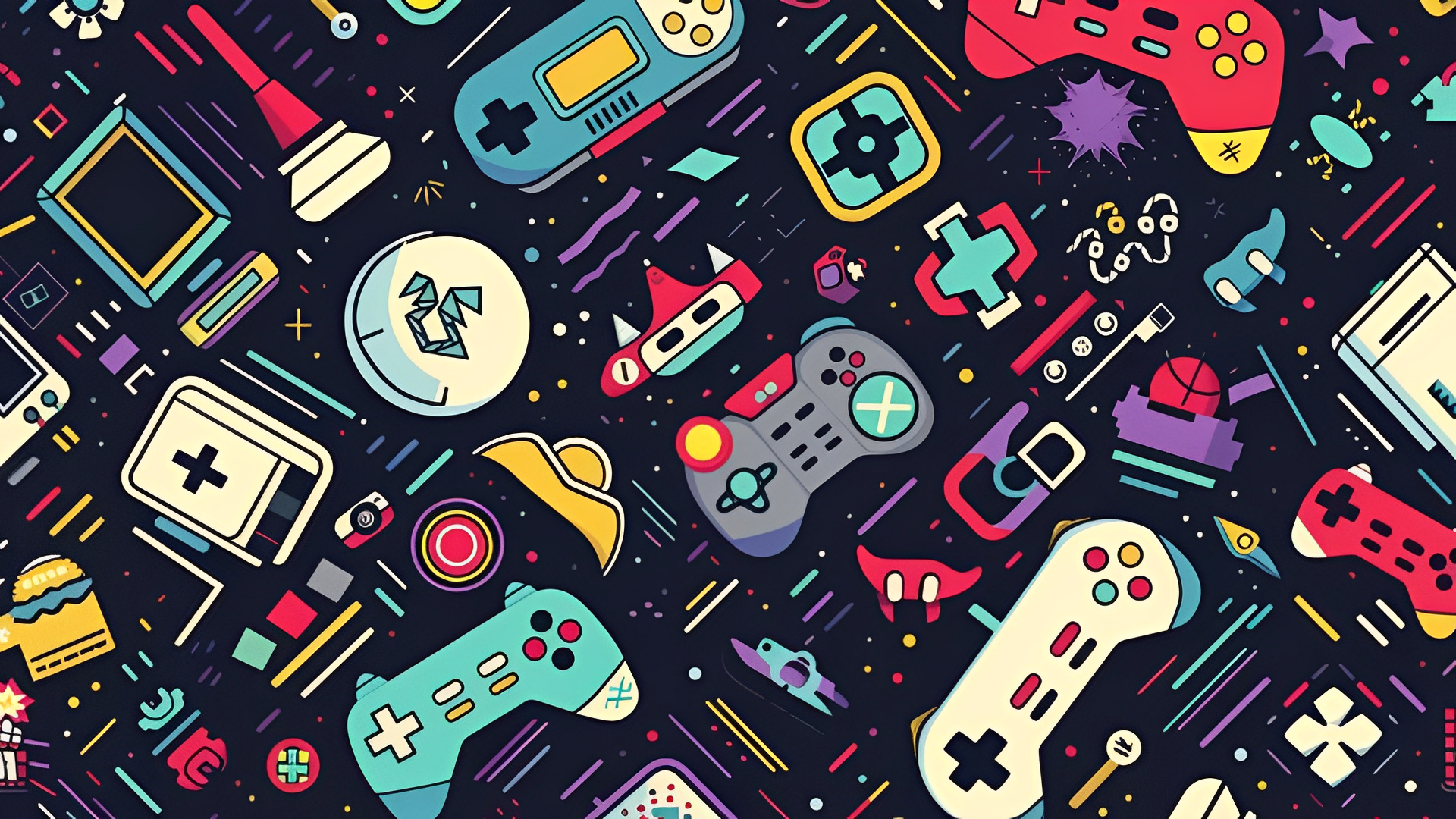Emulation is, perhaps, the most important aspect of the gaming industry. For decades, the modder/hacker community has worked tirelessly to create software versions of past video game consoles that allow the preservation of titles (in the form of read-only memory [ROM] files) from across history.
These emulators have been made available across a wide range of hardware, including and especially PC and mobile devices, with the ability to customize controls, speed, and graphical settings as the user sees fit.
Here is our recommended list of the best emulators for major video game systems across time. Note: this article is for education purposes only, and we will not provide any links to these tools.
Nintendo Entertainment System (NES)
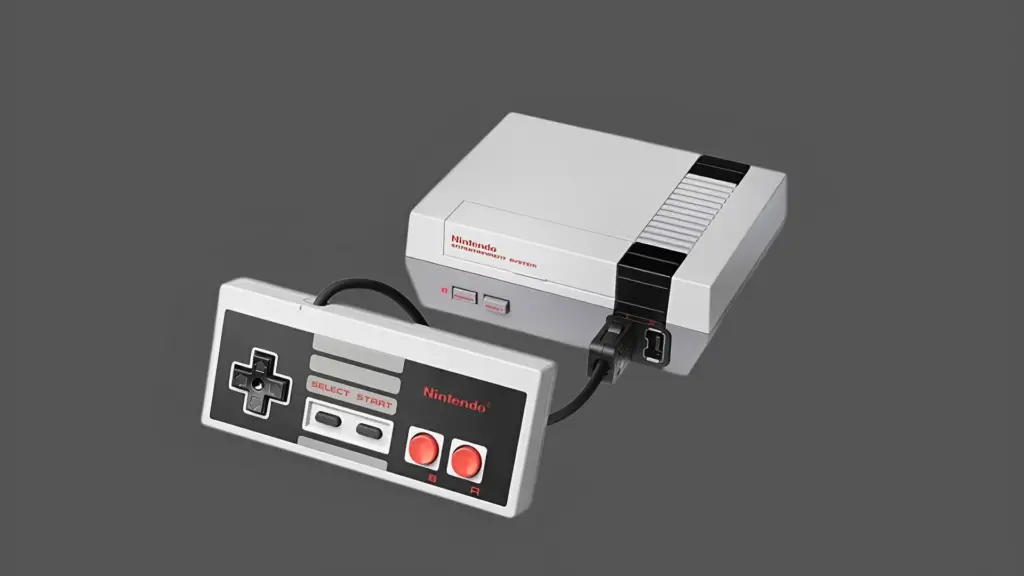
Initial release: 1983
The Nintendo Entertainment System (NES), released in 1985 in North America, is one of the most iconic video game consoles in history. Originally launched as the Famicom in Japan in 1983, it revitalized the gaming industry after the infamous crash of 1983, which had been caused by market oversaturation and poor-quality titles. With its 8-bit graphics, the NES introduced a new standard for home consoles, offering a library of influential titles like Super Mario Bros., The Legend of Zelda, and Metroid.
Its innovations, such as the D-pad controller and the introduction of third-party developers, helped shape what gaming is today. The NES sold over 61 million units globally, cementing Nintendo’s place as a leader in the industry and sparking a cultural phenomenon with enduring influence. Its library offers beloved classics, and the NES is widely credited with helping gaming become a mainstream form of entertainment.
The Best NES Emulators
FCEUX (Recommended)
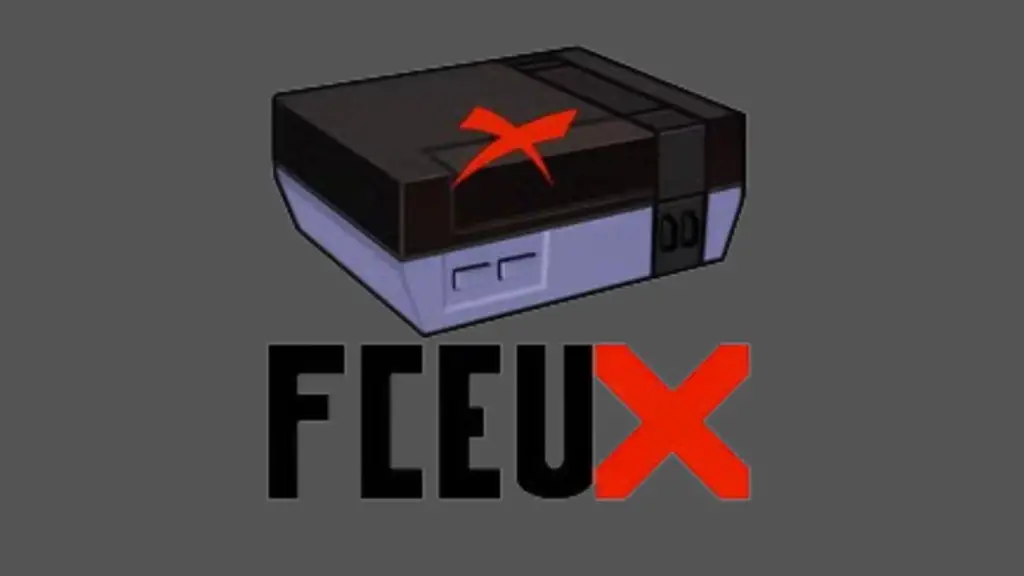
Supported platforms:
| PC | Nintendo Switch |
| Linux | Nintendo Wii (via homebrew) |
| macOS | Raspberry Pi |
| FreeBSD | |
| Android |
The greatest strength of FCEUX is the fact that it’s region-free. Even though modern systems often allow you to purchase a game in Japan and play it on the system you bought in America, older consoles are not as open-minded.
FCEUX is as close as it gets to a one-size-fits-all emulator for the NES, supporting ROMs of every variety, including NTSC, PAL, and Famicom.
While it lacks color accuracy, it makes up for it via its other features, including debugging and recording tools. Furthermore, it offers support for tool-assisted speedrunning (TAS).
Mesen
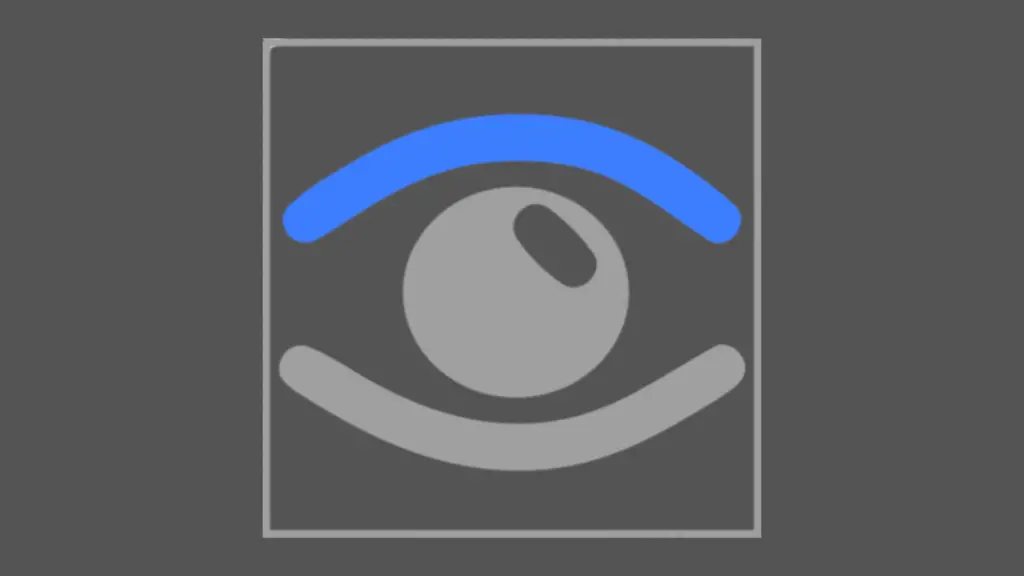
Supported platforms:
| PC |
| Linux |
| macOS |
| Raspberry Pi |
Mesen has a reputation for being one of the most accurate NES emulators available and is compatible with close to 300 titles.
As with other emulation software, Mesen includes a variety of extras that allow players to modify their experiences. It includes built-in cheat codes, save states, and video filters. Furthermore, Mesen offers extensive debugging tools to allow you to personalize titles. Unlike other software with more options than you know what to do with, the emulator is very easy to download and set up.
Nestopia
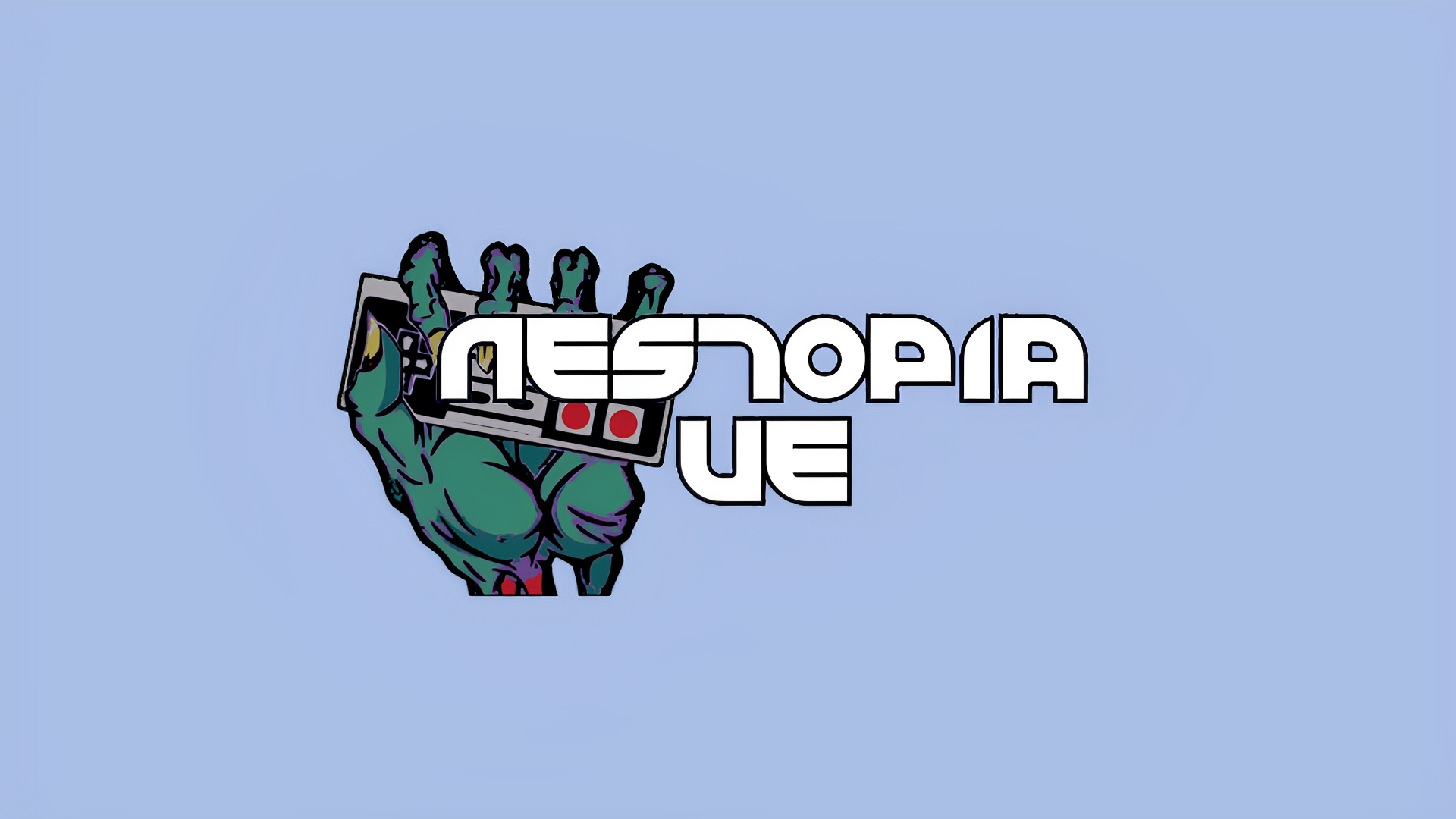
Supported platforms:
| PC | FreeBSD |
| Linux | Raspberry Pi (via RetroPie) |
| macOS | PlayStation Classic (via RetroArch) |
| Android | Nintendo Switch (via homebrew) |
Nestopia is an open-source emulator that is very easy to install and offers autosaving, in-app recording, netplay multiplayer, and a cheat dashboard. Retroarch uses the Nestopia UE core when playing NES ROMS. However, input lag and screen tearing can be an issue.
Nesbox
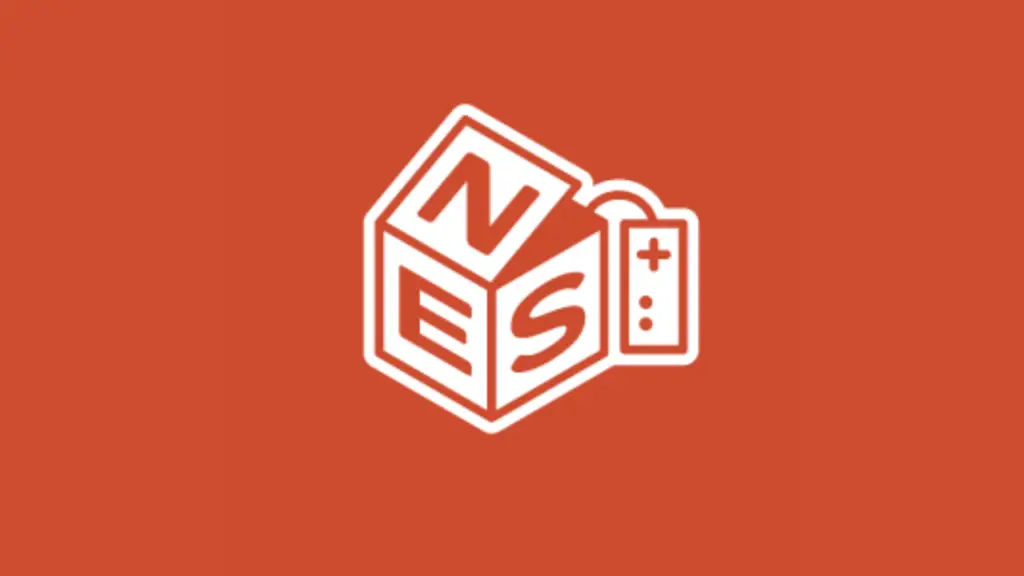
Supported platforms:
| Web Browsers | HTML5-capable devices |
| PC | |
| Xbox One | |
| Android |
This emulator allows you to play NES games from your browser. Visit the website, load a ROM, and begin playing with no downloads necessary. You just need to provide your ROMs via OneDrive. Outside of offering save states, local multiplayer, gamepad/keyboard support, it doesn’t offer any other meaningful features.
SEGA Master System

Initial release: 1985
The SEGA Master System, released in 1985, was SEGA’s first major home video game console, designed to compete with the Nintendo Entertainment System (NES) in the North American and European markets. Initially launched as the SEGA Mark III in Japan, the Master System distinguished itself with its advanced hardware capabilities, including superior graphics and sound compared to many of its contemporaries.
While it had a strong library of games, including classics like Alex Kidd in Miracle World, Phantasy Star, and Sonic the Hedgehog, the Master System struggled to gain significant traction in the United States, largely due to the dominance of the NES. However, it found considerable success in regions like Europe and Brazil, where it built a loyal fanbase and contributed to SEGA’s identity in the gaming market.
The Master System’s legacy includes its role in SEGA’s evolution into a major player in the gaming industry and the introduction of iconic franchises that continued on subsequent consoles. Its advanced hardware laid the groundwork for the development of the SEGA Genesis, and the Master System is remembered for its contributions to the early era of home gaming, influencing the design and technology of future systems. Today, it holds a nostalgic place in gaming history, with a dedicated community that celebrates its unique titles and innovations.
The Best SEGA Master System Emulators
GearSystem (Recommended)
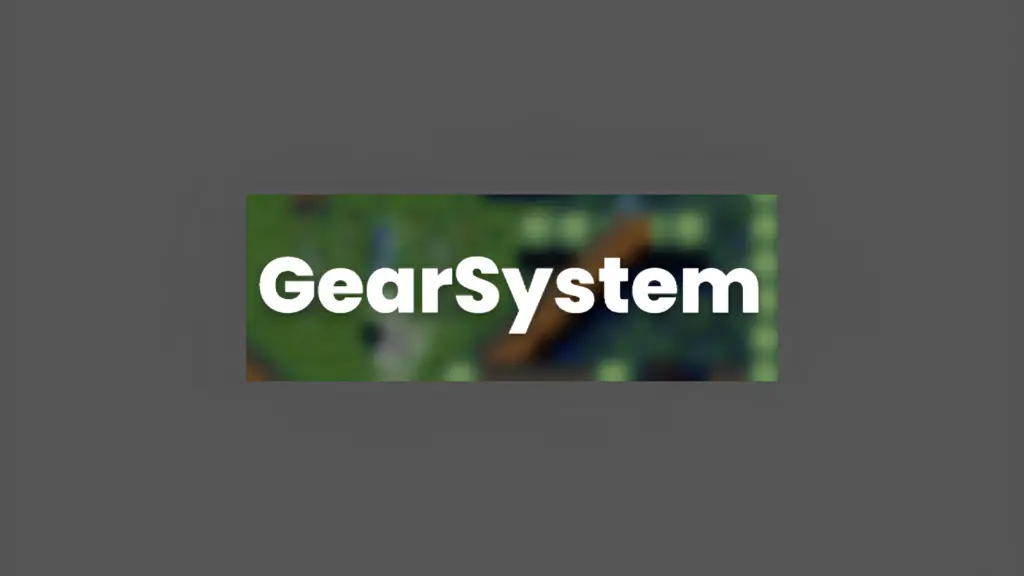
Supported systems:
| PC | Raspberry Pi (via RetroPie) |
| Linux | Nintendo Switch (via homebrew) |
| macOS | PlayStation Vita (via homebrew) |
| Android |
Gearsystem is an open-source emulator designed with support for the SEGA Master System, Game Gear, and SG-1000 allowing users to play these past titles on various platforms, including Windows, macOS, and Linux.
Key features of Gearsystem include high-resolution rendering, which enhances the graphics of original Game Gear titles, providing a clearer and more vibrant visual experience. The emulator supports customizable controller configurations, allowing users to map their input devices to suit their preferences. Gearsystem also offers save state functionality, enabling players to save and load their game progress at any point, making it easier to revisit challenging sections of games.
Additionally, Gearsystem includes support for cheat codes, enabling players to modify gameplay for enhanced enjoyment or to overcome difficult challenges. The emulator features an intuitive user interface, making it accessible for both newcomers and experienced users alike. Overall, Gearsystem serves as a reliable option for those looking to relive the Game Gear library, providing an enjoyable and customizable gaming experience.
BizHawk

Supported platforms:
| PC |
| Linux |
| macOS |
BizHawk is a versatile and feature-rich Sega Master System emulator, catering to both casual gamers and those interested in tool-assisted speedruns (TAS). Initially released in 2014, BizHawk combines multiple emulation cores, allowing users to play a wide range of games across various platforms.
Key features of BizHawk include tool-assisted features, such as frame-by-frame playback, which allows users to create precise inputs for speed runs or enhance gameplay strategies. It supports save states and rewind functionality, enabling players to save progress at any point or reverse time to correct mistakes, making it ideal for practicing difficult sections of games.
BizHawk also includes a built-in Lua scripting engine, allowing users to create custom scripts for automating tasks or modifying gameplay. Its comprehensive input recording and cheat code support further enhance the gaming experience, providing tools for experimentation and exploration.
With a user-friendly interface and continuous updates, BizHawk has become a popular choice for both retro gaming enthusiasts and those interested in the speedrunning community, offering a powerful platform for preserving and experiencing classic games.
MasterGear

Supported platforms:
| PC |
| Linux |
| Android |
| MS-DOS |
| Symbian |
| Pocket PC |
MasterGear is a versatile emulator designed for the SEGA Master System and Game Gear, allowing users to enjoy classic games from both platforms on various devices, including Windows, macOS, and mobile platforms like Android and iOS. Known for its user-friendly interface and solid performance, MasterGear seeks to replicate the original gaming experience while offering additional features to enhance gameplay.
Key features of MasterGear include high-resolution rendering, which improves the graphics of original titles for a more visually appealing experience. The emulator supports customizable controls, allowing players to configure their input devices according to their preferences. MasterGear also includes save state functionality, enabling users to save and load their progress at any point in their games, which is particularly useful for challenging titles.
Additionally, MasterGear offers cheat code support, providing players with the option to modify gameplay or access hidden features. The emulator is designed for compatibility with a wide range of games, ensuring that users can enjoy their favorite SEGA classics without issues. Overall, MasterGear is a reliable choice for fans of the SEGA Master System and Game Gear, delivering a nostalgic experience with modern enhancements.
Super Nintendo Entertainment System (SNES)
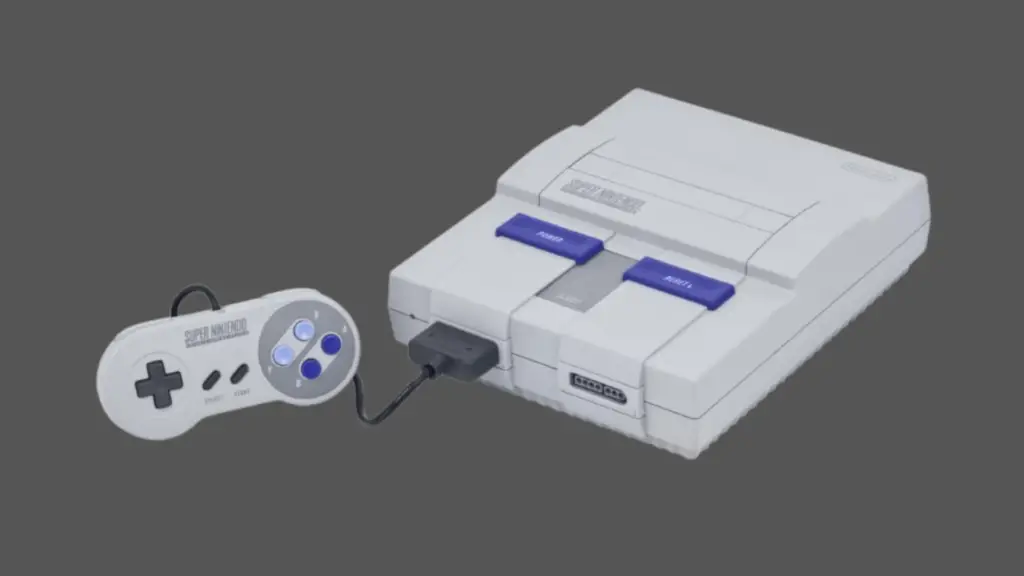
Initial release: 1990
The Super Nintendo Entertainment System (SNES), released in 1991 in North America, was Nintendo’s 16-bit successor to the NES. Known for its improved graphics, sound, and gameplay complexity, the SNES became a landmark in video game history. With classic titles like Super Mario World, The Legend of Zelda: A Link to the Past, Super Metroid, and Chrono Trigger, it pushed the boundaries of storytelling, world-building, and game design.
The SNES played a crucial role in the console wars of the 1990s, competing with Sega’s Genesis, and was known for its Mode 7 graphics, which enabled pseudo-3D effects. It also solidified Nintendo’s reputation for quality first-party games while encouraging third-party developers like Square and Capcom to create timeless RPGs and action games. Selling over 49 million units, the SNES is remembered as one of the greatest consoles ever, beloved for its deep library of titles and its influence on future game development.
The Best SNES Emulators
SNES9x (Recommended)
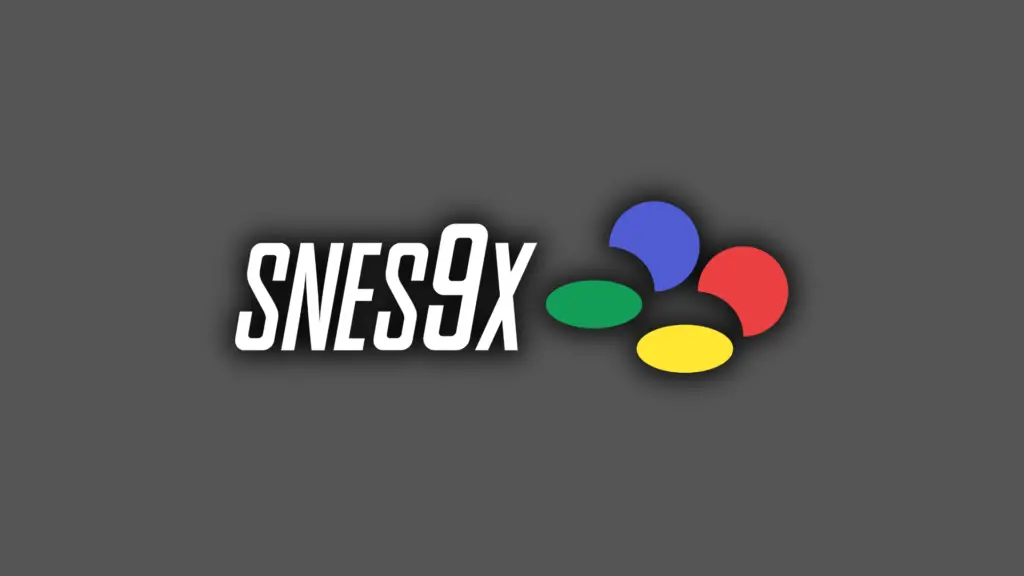
Supported platforms:
| Web Browsers (via JavaScript ports) | Wii (via homebrew) |
| PC | Nintendo 3DS (via homebrew) |
| Linux | Nintendo Switch (via homebrew) |
| macOS | PlayStation Vita (via homebrew) |
| Android | Raspberry Pi (via RetroPie) |
| iOS | Xbox One (via UWP app) |
Known for its balance between performance and accuracy, SNES9x is highly accessible, running smoothly on a variety of platforms including Windows, macOS, Linux, and even mobile devices.
Key features of SNES9x include save states, allowing players to save and load games at any point, cheat code support, and the ability to adjust audio and video settings for improved emulation quality. It also offers fast-forward functionality, netplay for online multiplayer gaming, and ROM hacks or fan translation support. Despite its focus on speed and efficiency, SNES9x still provides a solid level of emulation accuracy, making it a favorite for both casual gamers and enthusiasts.
Its relatively low system requirements and user-friendly interface make SNES9x one of the most widely used SNES emulators, striking a good balance between accuracy and performance without needing high-end hardware.
ZSNES
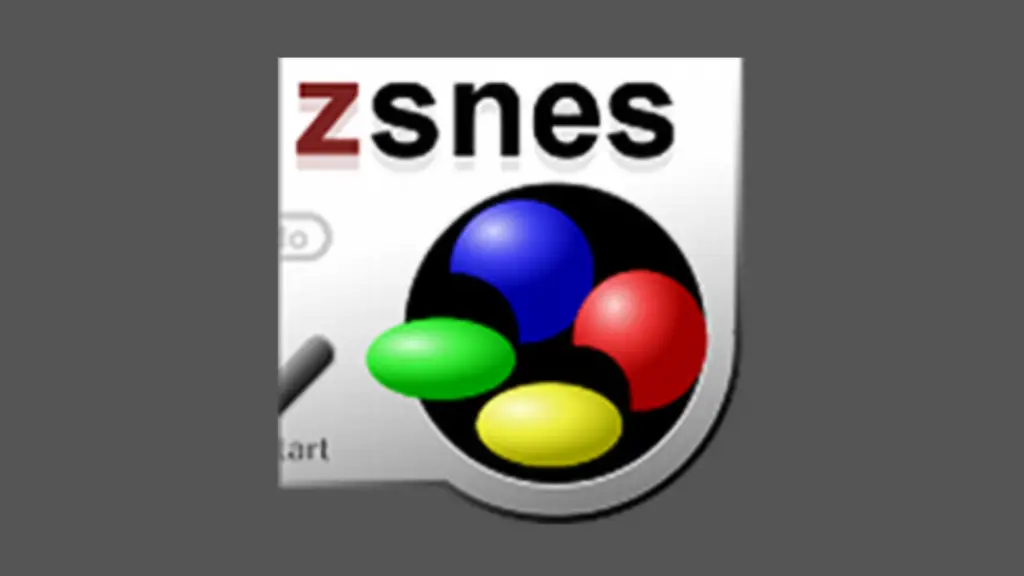
Supported platforms:
| PC |
| Linux |
| DOS |
| FreeBSD |
| macOS |
| Xbox |
ZSNES is one of the simplest, yet least accurate emulators to use. It works well for ROM hacks and can run on very low-range hardware.
This emulator features save states, allowing users to save and load their game progress at any point, cheat code support, and fast-forward functionality to skip through slower parts of games. It also includes basic video and audio customization options, as well as netplay for online multiplayer gaming. ZSNES was well-regarded for its high performance even on older computers, which contributed to its widespread popularity in the late 1990s and early 2000s.
However, ZSNES is now considered outdated due to its less accurate emulation compared to more modern emulators like Higan or SNES9x. While it remains an important part of emulation history, newer alternatives have largely surpassed it in terms of accuracy and features.
Higan
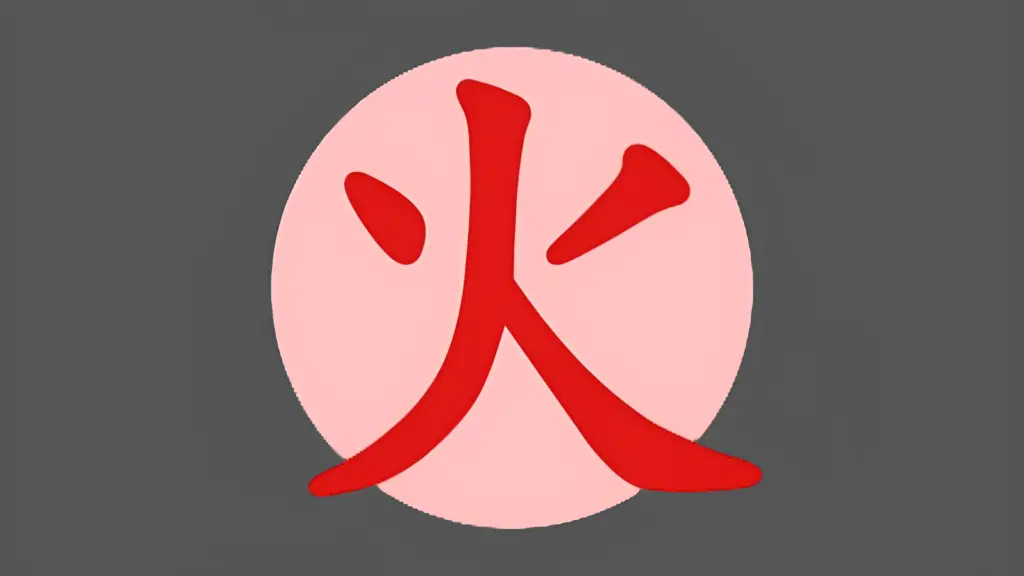
Supported platforms:
| PC |
| Linux |
| macOS |
Higan relies on High-Level Emulation (HLE), focusing on functionality over form. Developed by byuu (later known as Near), Higan goes beyond simple SNES emulation, also supporting systems like the NES, Game Boy, Game Boy Color, and Game Boy Advance.
Higan’s primary feature is its cycle-accurate emulation, meaning it closely replicates how the original hardware processes instructions, resulting in exceptional game fidelity. It also offers features like save states, cheat code support, and controller customization. However, this high accuracy comes at the cost of performance, requiring more powerful hardware compared to other emulators.
Though it lacks some of the more user-friendly interfaces found in other emulators, Higan is favored by enthusiasts seeking an authentic experience that preserves the look, feel, and behavior of classic SNES games.
SEGA Genesis

Initial release: 1988
The SEGA Genesis, released in 1988 in Japan as the Mega Drive, is one of the most iconic home video game consoles in gaming history. It marked SEGA’s entry into the 16-bit era, competing directly with Nintendo’s Super Nintendo Entertainment System (SNES) during the late 1980s and early 1990s. The Genesis was notable for its advanced graphics and sound capabilities, which allowed for a more immersive gaming experience compared to its 8-bit predecessors.
The console became known for a diverse and rich library of games, including classics such as Sonic the Hedgehog, Streets of Rage, Shining Force, and Phantasy Star. Sonic the Hedgehog, in particular, became a cultural icon and helped solidify SEGA’s brand identity. The Genesis also introduced innovative peripherals, such as the SEGA CD and 32X, which expanded its capabilities, although these add-ons had mixed success.
The Genesis played a significant role in shaping the gaming industry, particularly in the realm of marketing and branding. SEGA’s aggressive marketing strategies, including the “Genesis does what Nintendon’t” campaign, helped establish the console as a major player in the market. With over 30 million units sold worldwide, the Genesis remains one of the best-selling consoles of its time.
Historically, the SEGA Genesis is remembered for its contributions to the evolution of gaming, its influence on the development of action and platform games, and its establishment of iconic franchises that continue to resonate with players today. Its legacy endures, with many of its titles being re-released on modern platforms and maintaining a loyal fanbase, reflecting its lasting impact on the gaming landscape.
The Best SEGA Genesis Emulators
BlastEm (Recommended)

Supported platforms:
| PC |
| Linux |
| macOS |
BlastEm is an open-source emulator designed for the SEGA Genesis (Mega Drive) and its add-ons, such as the SEGA CD. Known for its accuracy and performance, BlastEm aims to provide a faithful recreation of the original hardware experience, allowing users to enjoy classic Genesis games on modern platforms, including Windows, Linux, and macOS.
Key features of BlastEm include high compatibility with a vast library of Genesis titles, ensuring that most games run smoothly with minimal issues. The emulator boasts enhanced graphics options, including the ability to upscale games to higher resolutions, improving visual clarity while maintaining the original aesthetic. BlastEm supports save states, enabling users to save and load their progress at any point, which is particularly useful for difficult games.
Additionally, BlastEm includes input customization, allowing players to configure various controllers and keyboard layouts according to their preferences. The emulator also supports cheat codes, providing options to modify gameplay or access hidden features. With a focus on both accuracy and performance, BlastEm is a popular choice among retro gaming enthusiasts looking for a reliable and high-quality SEGA Genesis emulation experience.
Exodus
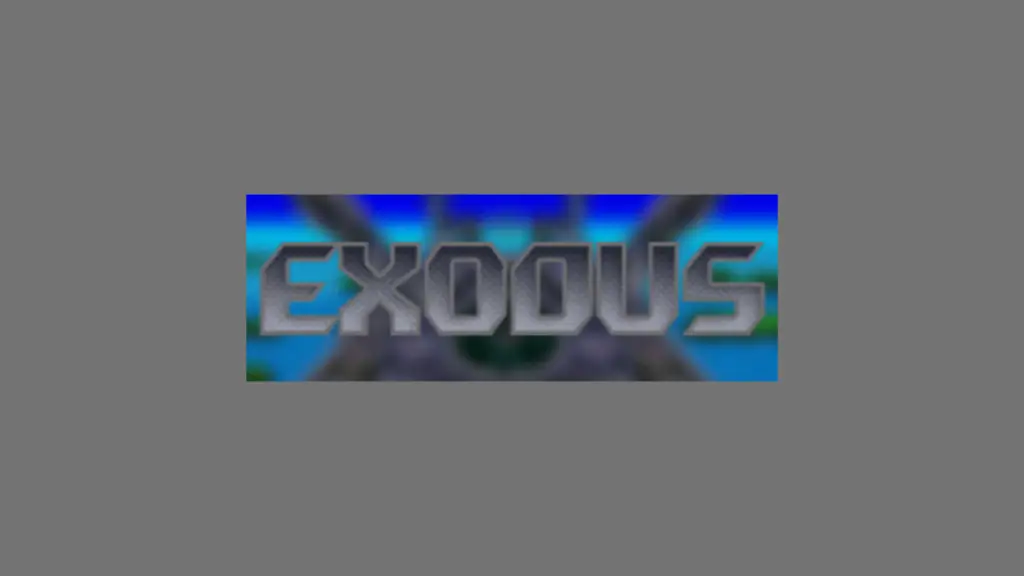
Supported platforms:
| PC |
| Linux |
| macOS |
| Android (via unofficial ports) |
| Raspberry Pi (through RetroPie or custom builds) |
Exodus is a versatile open-source emulator primarily designed for the SEGA Genesis and Mega Drive consoles, as well as other related systems. Focused on delivering a high-quality gaming experience, Exodus aims to replicate the performance and authenticity of the original hardware while providing modern enhancements for users.
Key features of Exodus include high compatibility with a wide range of Genesis titles, ensuring that most games can be played without significant issues. The emulator supports high-resolution rendering, allowing classic games to be displayed in enhanced graphics for a more visually appealing experience. Additionally, Exodus offers customizable controls, enabling players to map their input devices to suit their preferences and play styles.
Exodus also includes save state functionality, allowing users to save and load their game progress at any point, making it easier to tackle challenging sections of games. Furthermore, the emulator provides cheat code support, giving players the ability to modify gameplay or access hidden features. With a commitment to accuracy and user experience, Exodus serves as a solid choice for fans of the SEGA Genesis looking to relive their favorite titles on modern platforms.
Kega Fusion
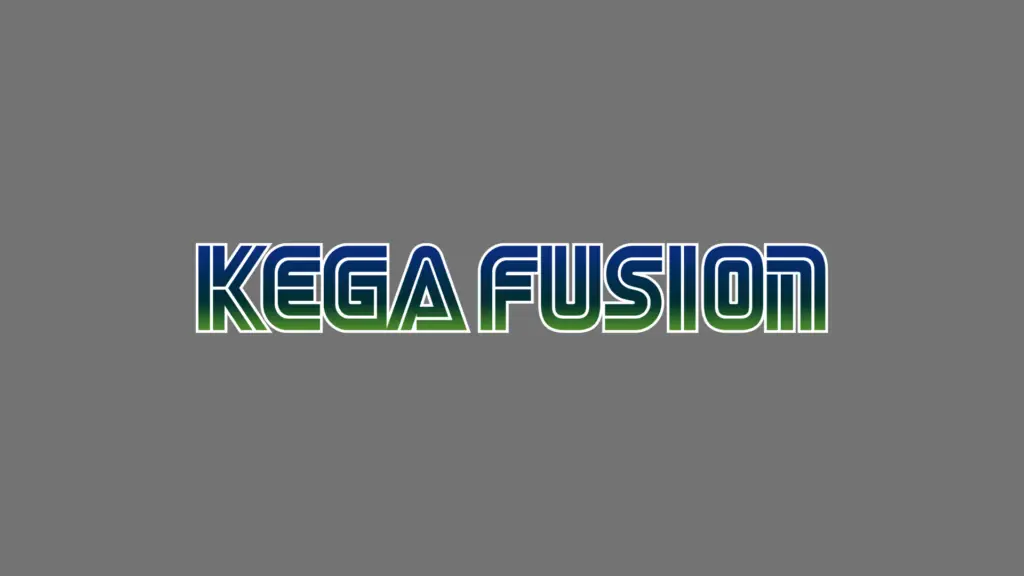
| PC |
| Linux (via Wine) |
| macOS (via Wine) |
| Android (via unofficial ports) |
Kega Fusion is a highly regarded emulator for the SEGA Genesis, Mega Drive, and other SEGA systems, including the Game Gear, Master System, and SEGA CD. Released in the late 1990s, Kega Fusion is known for its user-friendly interface and strong compatibility with a vast library of SEGA titles, making it a popular choice among retro gaming enthusiasts.
Key features of Kega Fusion include high compatibility with a wide range of games, ensuring that most titles run smoothly with minimal issues. The emulator supports high-resolution graphics, allowing users to enjoy classic games with improved visual quality compared to the original hardware. Kega Fusion also offers save state functionality, enabling players to save and load their progress at any point in their games, which is particularly useful for challenging titles.
Additionally, Kega Fusion provides customizable controls, allowing users to configure various input devices to their liking. The emulator includes cheat code support, giving players the ability to modify gameplay and unlock hidden features. With its blend of accuracy, performance, and ease of use, Kega Fusion remains a beloved choice for fans of SEGA’s classic gaming library, offering a reliable and enjoyable emulation experience.
Nintendo 64 (N64)
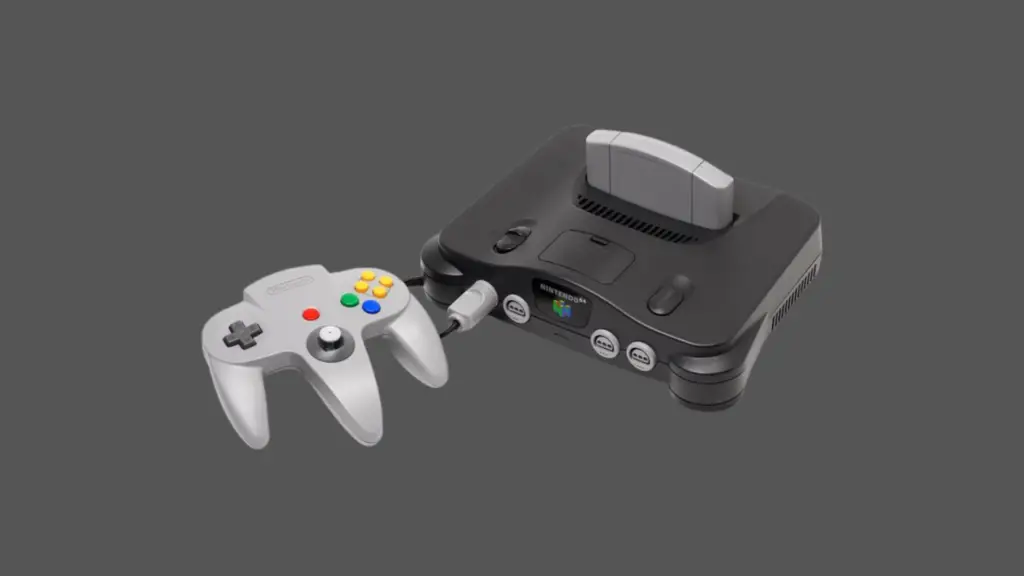
Initial release: 1996
The Nintendo 64 (N64), released in 1996, was Nintendo’s first foray into 3D gaming and a revolutionary console in video game history. Known for its unique three-pronged controller and the introduction of analog stick controls, the N64 brought a new level of precision and freedom to gaming. It also marked a major shift with the introduction of four-player multiplayer support as a standard feature.
Some of the most iconic titles in gaming history debuted on the N64, including Super Mario 64, which set the standard for 3D platformers, and The Legend of Zelda: Ocarina of Time, regarded as one of the greatest video games of all time. The N64 also saw the rise of competitive multiplayer gaming with titles like Mario Kart 64, GoldenEye 007, and Super Smash Bros.
Though the console faced strong competition from the PlayStation and struggled with its decision to stick with cartridge-based media instead of CDs, which limited game size and third-party support, the N64’s influence on game design and controls was profound.
The N64’s legacy includes pioneering 3D game mechanics, multiplayer innovation, and shaping how modern games are played and developed.
The Best Nintendo 64 Emulators
Project64 (Recommended)
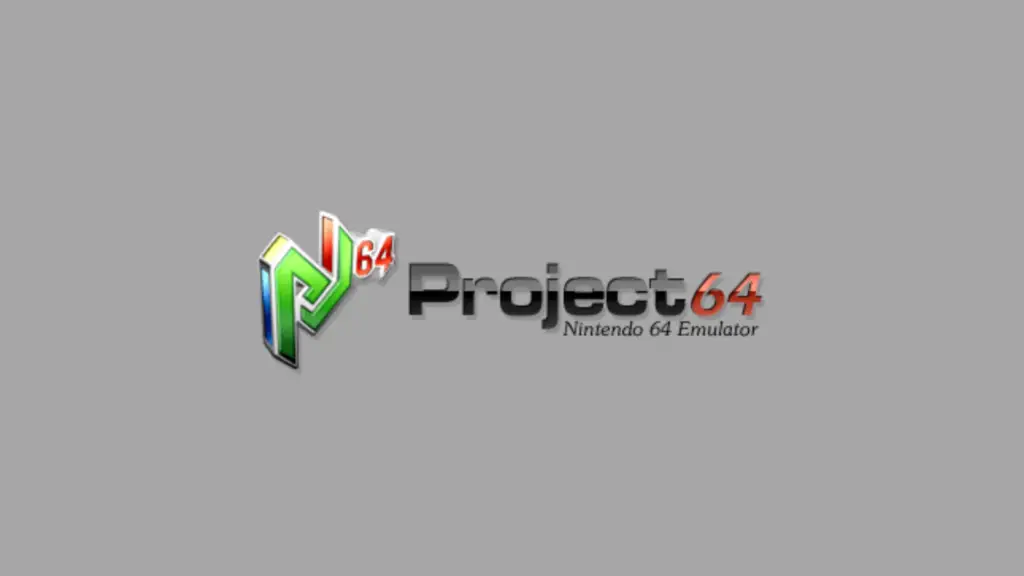
Supported platforms:
| PC |
| Linux |
| macOS |
Project64 is one of the most popular and widely used emulators for the Nintendo 64 (N64), known for its ease of use, high compatibility, and robust performance. Originally released in 2001, Project64 allows users to play N64 games on modern systems with enhanced features not available on the original hardware.
Key features of Project64 include save states, which let players save and load their game progress at any point, and cheat code support for modifying gameplay. The emulator also offers customizable graphics and resolution enhancements, allowing players to experience classic N64 games in higher resolutions and with improved textures. It supports controller mapping, making it easy to configure modern controllers for an authentic N64 experience. Additionally, Project64 features netplay, enabling online multiplayer for games that originally only supported local play.
With its relatively low system requirements and consistent updates over the years, Project64 has become the go-to choice for N64 emulation, offering both accuracy and additional features that improve the gameplay experience.
Mupen64plus
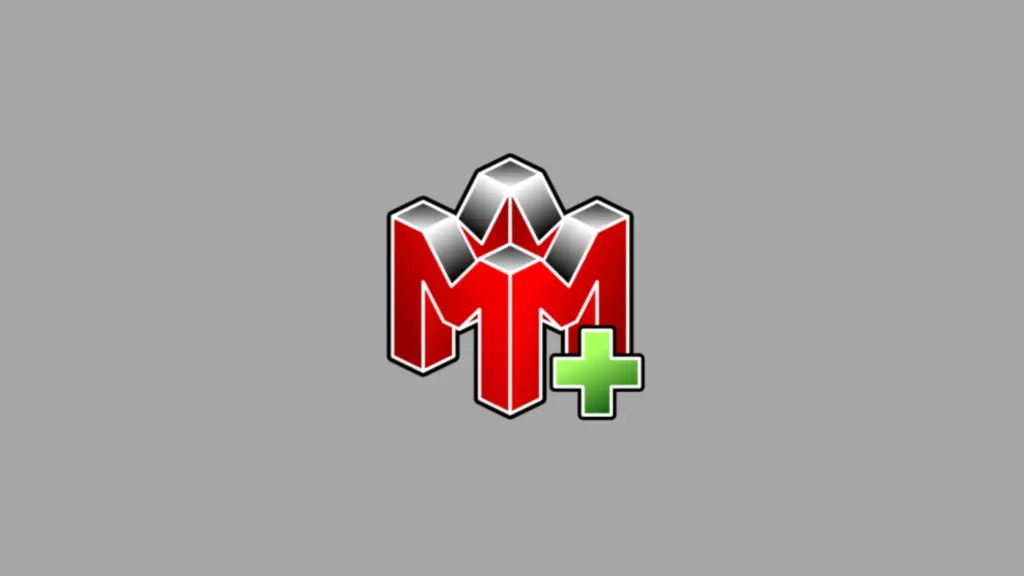
Supported platforms:
| PC |
| Linux |
| macOS |
| Android |
| Raspberry Pi (via RetroPie) |
| Nintendo Switch (via homebrew) |
| PlayStation Vita (via homebrew) |
Mupen64Plus is a powerful and open-source emulator for the Nintendo 64 (N64), known for its accuracy and cross-platform support. Designed for use on various systems including Windows, macOS, Linux, and Android, Mupen64Plus provides a solid N64 emulation experience with a focus on flexibility and customization.
Key features include save states, allowing players to save and load their game progress at any point, and cheat code support. Mupen64Plus offers a highly configurable plugin-based system, letting users customize video, audio, and input plugins for enhanced performance and compatibility. It also supports controller mapping for modern controllers and resolution scaling, enabling games to run in higher resolutions than the original N64 hardware.
Though it lacks a built-in graphical user interface (GUI) by default, several third-party GUIs are available to make it more user-friendly. Mupen64Plus is highly regarded for its accuracy and performance, making it a preferred choice for advanced users seeking a customizable and reliable N64 emulation experience across multiple platforms.
PlayStation 1
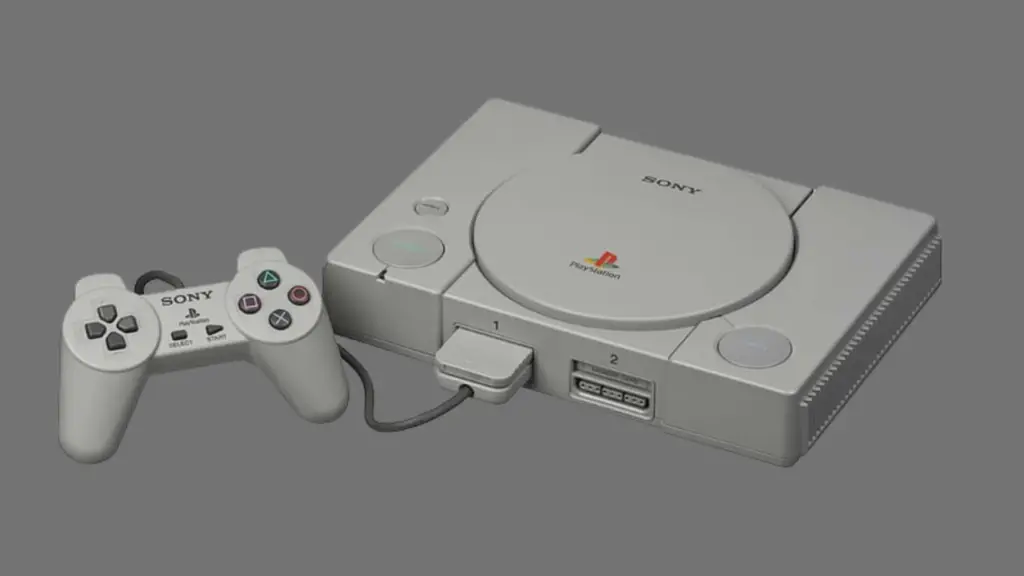
Initial release: 1994
The PlayStation 1, commonly referred to as the PS1, was Sony’s first home video game console, released in December 1994 in Japan and in September 1995 in North America and Europe. It marked Sony’s entry into the gaming market and quickly became a cultural phenomenon, selling over 102 million units worldwide. The PS1 was notable for its use of CD-ROMs, which allowed for larger game sizes and richer audio and video compared to the cartridge-based systems of its time.
The PlayStation 1 hosted a groundbreaking library of games, featuring iconic titles such as Final Fantasy VII, Metal Gear Solid, Resident Evil, and Gran Turismo. These games not only showcased advanced graphics and complex storytelling but also helped define genres, establishing the RPG and survival horror genres as major forces in gaming.
The PS1’s legacy is significant; it helped to popularize 3D gaming and introduced many gamers to cinematic storytelling in video games. Its success paved the way for subsequent consoles, including the PlayStation 2, which became the best-selling console of all time. The PlayStation brand itself has grown into one of the most recognizable in gaming, with a dedicated fanbase and a strong presence in the industry.
The PS1’s influence continues to be felt today, with many of its classic titles being re-released on modern platforms, and it remains a nostalgic symbol of the evolution of video games, representing a pivotal shift towards more immersive and engaging gameplay experiences.
The Best PlayStation 1 Emulators
ePSXe (Recommended)
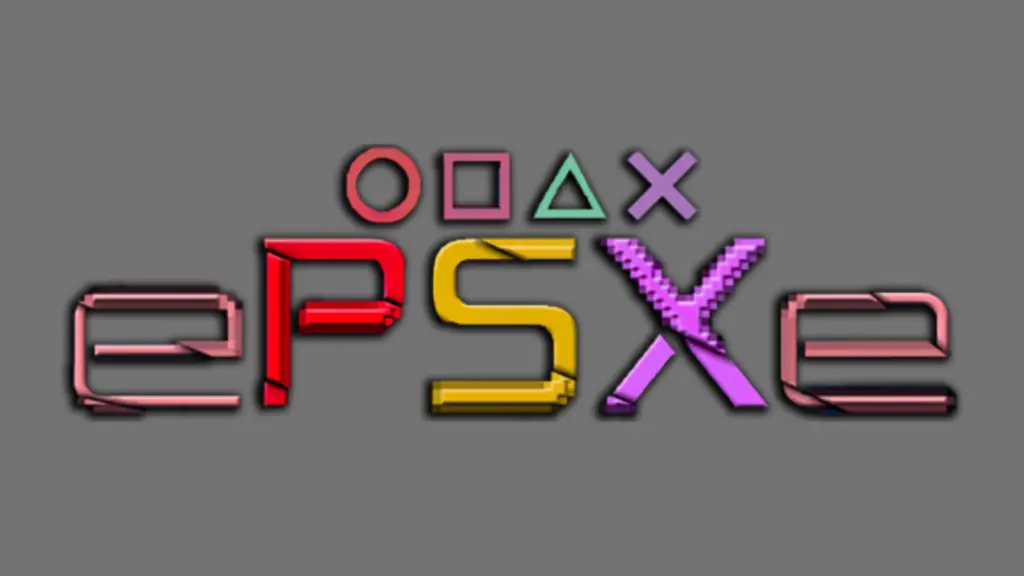
Supported platforms:
| PC |
| Linux |
| macOS |
| Android |
| PlayStation 3 (via PS3 Emulator) |
| PlayStation Portable (PSP) (via unofficial ports) |
ePSXe is a popular, open-source emulator for the PlayStation 1 (PS1), renowned for its high compatibility and performance. Initially released in 2000, ePSXe has become a preferred choice for retro gaming enthusiasts seeking to relive classic PS1 titles on modern platforms, including Windows, Linux, and Android.
Key features of ePSXe include enhanced graphics options, allowing users to upscale games to higher resolutions and apply various filters for improved visual quality, which significantly enhances the original graphics. The emulator supports save states, enabling players to save their progress at any point and easily load it later, which is particularly helpful for navigating challenging sections of games.
ePSXe also offers customizable controls, allowing users to map various input devices, including gamepads and keyboards, to suit their preferences. It supports cheat codes and memory card management, enabling players to modify gameplay and manage save files conveniently.
Additionally, ePSXe features multiplayer support via the use of plugins, allowing friends to enjoy games together. With a strong community and continuous updates, ePSXe remains a reliable and versatile option for fans of the PlayStation 1, providing a rich and enjoyable emulation experience.
PCSX-ReARMed

Supported platforms:
| PC |
| Linux |
| macOS |
| PlayStation 3 (via homebrew) |
| PlayStation Vita (via homebrew) |
| Android (via unofficial ports) |
| Raspberry Pi (via RetroPie) |
PCSX is an open-source emulator for the PlayStation series, specifically designed to replicate the original PlayStation (PS1) and its sequels, including the PlayStation 2 (PS2) and PlayStation Portable (PSP). Developed by a dedicated community, PCSX aims to provide high compatibility and performance for a wide range of PlayStation titles across various platforms, including Windows, Linux, and macOS.
Key features of PCSX include high compatibility with numerous PS1 and PS2 games, allowing users to enjoy a vast library of classic titles with minimal issues. The emulator supports enhanced graphics options, enabling users to upscale games to higher resolutions and apply texture filtering, resulting in improved visual fidelity compared to the original hardware.
PCSX also offers save state functionality, allowing players to save their progress at any point and reload it easily, making it convenient for tackling challenging sections of games. The emulator features customizable controls, permitting users to map various input devices, such as gamepads and keyboards, according to their preferences.
Furthermore, PCSX supports cheat code functionality, enabling players to modify gameplay and access hidden features. With a strong community backing and regular updates, PCSX remains a popular choice for PlayStation enthusiasts, providing a robust and enjoyable emulation experience for fans of classic gaming.
DuckStation
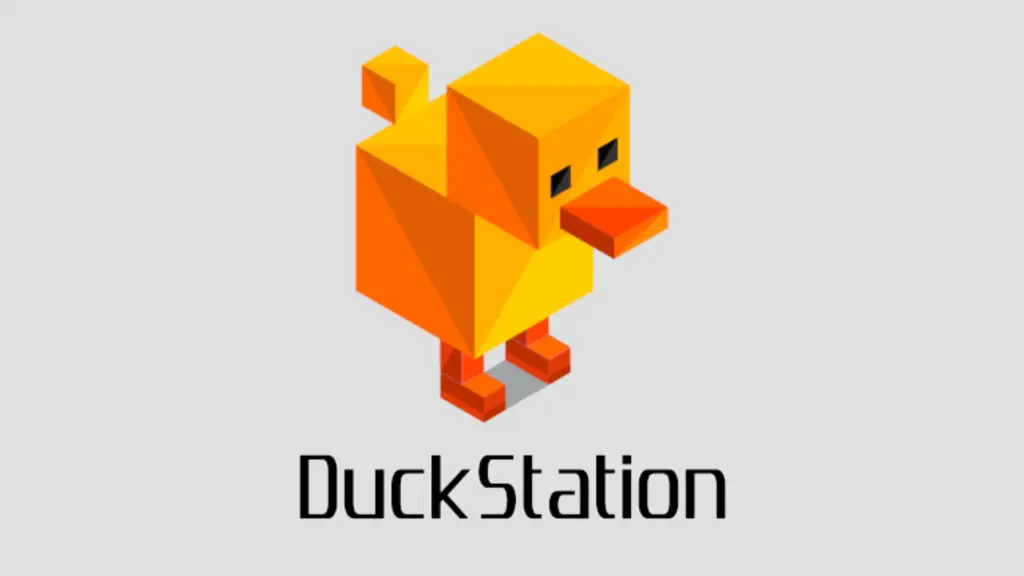
Supported platforms:
| PC |
| Linux |
| macOS |
| Android |
| PlayStation 4 (via homebrew) |
| PlayStation 5 (via homebrew) |
| Steam Deck (via Linux version) |
DuckStation is a modern, open-source emulator for the PlayStation 1 (PS1), designed to provide an accurate and efficient gaming experience for classic titles. Launched in 2020, DuckStation focuses on performance and user-friendliness, making it accessible for both newcomers and veteran players alike. It is available on multiple platforms, including Windows, Linux, and Android.
Key features of DuckStation include high compatibility with a vast library of PS1 games, ensuring smooth gameplay with minimal issues. The emulator supports enhanced graphics options, allowing users to upscale games to higher resolutions and apply various graphical enhancements, such as texture filtering and anti-aliasing, which significantly improve the visual quality of classic titles.
DuckStation also offers save state functionality, enabling players to save and load their progress at any point, which is particularly useful for navigating challenging sections of games. Additionally, it features customizable controls, allowing users to map their input devices to suit their preferences.
Another notable aspect of DuckStation is its support for cheat codes and memory card management, facilitating easy manipulation of gameplay and save files. With its focus on performance, ease of use, and continuous updates, DuckStation has quickly become a favored choice among PS1 emulation enthusiasts, providing a reliable and enjoyable way to experience classic PlayStation games.
Xbox
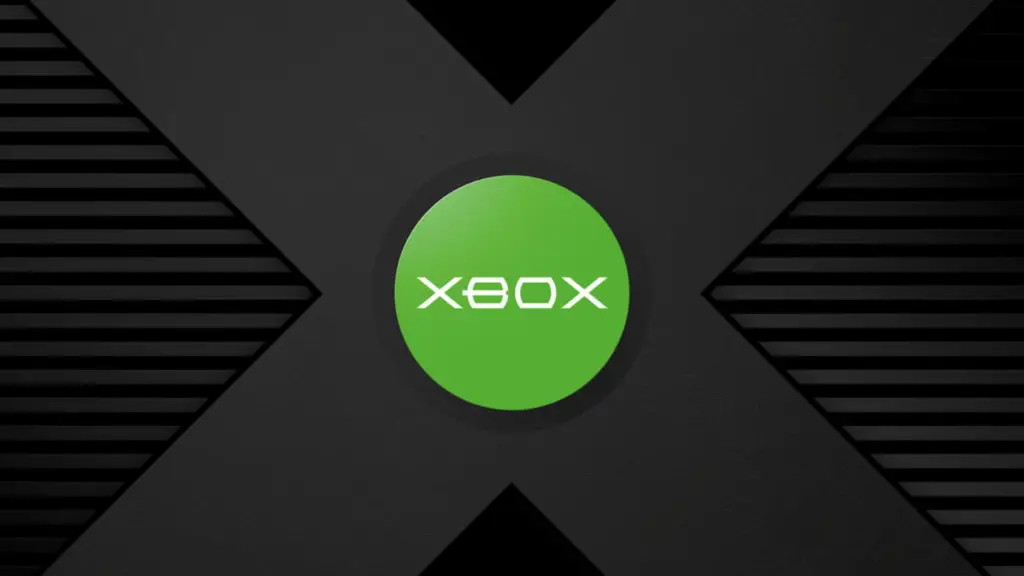
Initial release: 2001
The Xbox, released by Microsoft in November 2001, marked the company’s entry into the competitive video game console market. As the first console developed by Microsoft, the Xbox aimed to offer a powerful gaming experience, featuring advanced hardware with an integrated Intel Pentium III processor and a custom NVIDIA graphics chip. Its launch was notable for introducing features like a built-in hard drive, which allowed for game saves and downloadable content, as well as online gaming through the Xbox Live service, revolutionizing multiplayer gaming on consoles.
The Xbox established a strong library of games, with iconic titles such as Halo: Combat Evolved, Gears of War, and Fable, which contributed to the console’s success and solidified Microsoft’s position in the gaming industry. Halo, in particular, became a flagship franchise, showcasing the console’s capabilities and becoming a cultural phenomenon.
The Xbox’s legacy includes not only its contributions to gaming hardware but also its impact on online gaming. Xbox Live set a new standard for console multiplayer experiences, influencing future consoles and shaping the way players engage in online gaming. The success of the original Xbox laid the groundwork for subsequent consoles, including the Xbox 360, Xbox One, and Xbox Series X/S, which continued to build on its innovations.
Historically, the Xbox is remembered for challenging the dominance of established console makers like Sony and Nintendo, fostering a new era of competition and innovation in the gaming industry. Its emphasis on online connectivity, integrated services, and a focus on high-quality games helped to redefine the console landscape and remains influential in shaping the future of gaming.
The Best Xbox Emulators
Xemu (Recommended)
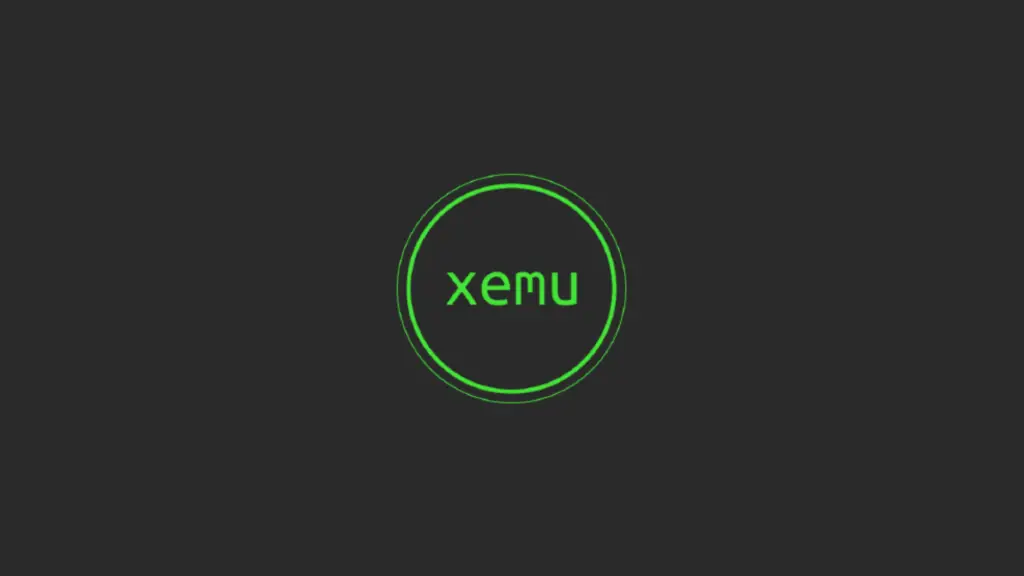
Supported platforms:
| PC |
| Linux |
| macOS |
Xemu is an open-source emulator designed for the original Xbox console, allowing users to play Xbox games on various platforms, including Windows, macOS, and Linux. It aims to replicate the Xbox hardware and software environment, providing a faithful gaming experience.
It offers cross-platform compatibility, supports a large library of compatible games, improved graphics, save states, controller support, cheat support, and has an active community helping with ongoing development.
CXBX-Reloaded
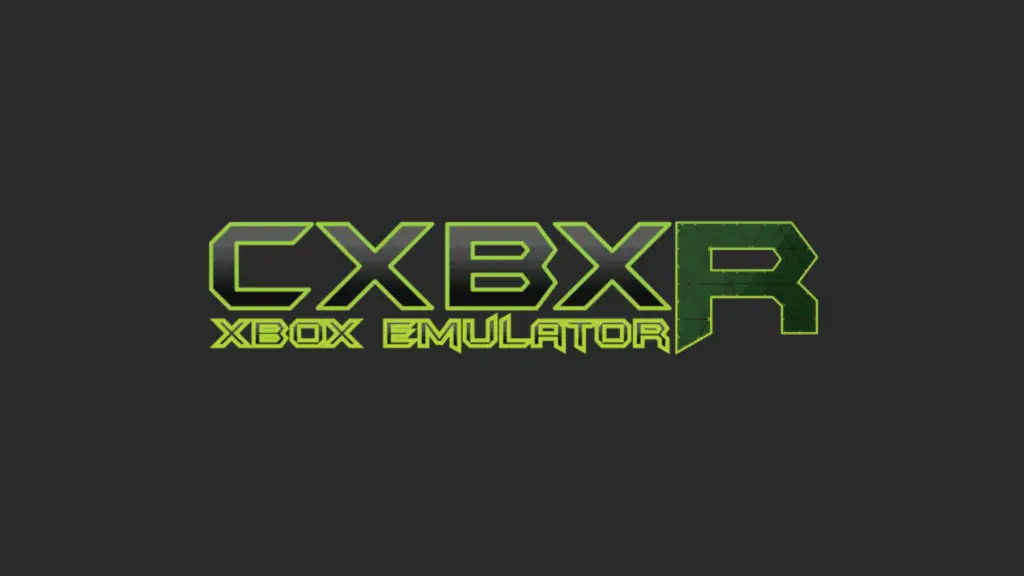
Supported platforms:
| PC |
| Linux |
CXBX-Reloaded is an open-source emulator specifically designed for the original Xbox, enabling users to play Xbox games on Windows-based systems. It is a continuation of the earlier CXBX project and aims to provide an accurate and enjoyable gaming experience by emulating the Xbox hardware and software environment.
It offers an intuitive interface that simplifies the process of setting up and launching games. Furthermore, it’s highly compatible with most Xbox titles, offering enhanced graphics, built-in debugging tools, save states, quick saves, and controller support, and is in active development.
SEGA Dreamcast
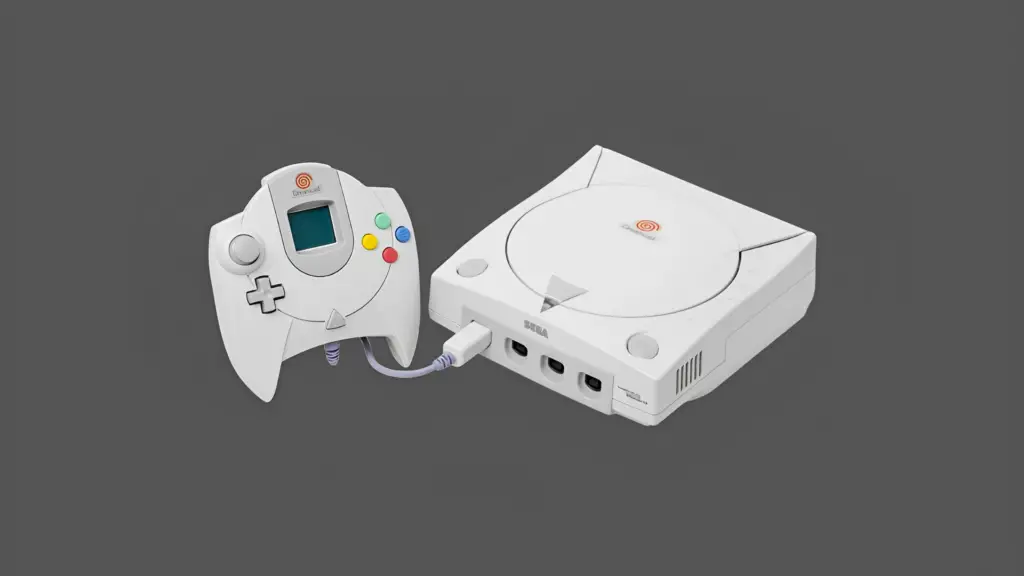
Initial release: 1998
The SEGA Dreamcast, released in 1998 in Japan and in 1999 in North America and Europe, was SEGA’s final home video game console and is often celebrated for its innovative features and groundbreaking technology. As the first console of the sixth generation, the Dreamcast was ahead of its time, introducing online gaming capabilities through its built-in modem, allowing players to connect to the internet for multiplayer experiences—a concept that would become standard in future consoles.
The Dreamcast boasted an impressive library of games, with standout titles such as Sonic Adventure, Shenmue, Jet Set Radio, and Soulcalibur. These games showcased the console’s powerful hardware, enabling rich graphics, complex gameplay mechanics, and immersive storytelling. The Dreamcast also featured unique peripherals, such as the VMU (Visual Memory Unit), which acted as a memory card and a second screen, enhancing gameplay in various titles.
Despite its innovative features and a strong launch lineup, the Dreamcast struggled in the market, primarily due to intense competition from the PlayStation 2, which was released shortly after. SEGA officially discontinued the Dreamcast in 2001, marking the end of the company’s hardware production.
The legacy of the Dreamcast endures, as it is remembered for its ambitious vision and the impact it had on gaming culture. Many of its titles are regarded as classics, and the console has developed a dedicated fanbase. The Dreamcast is often celebrated for its forward-thinking approach, laying the groundwork for future advancements in gaming technology and online connectivity, and is seen as a pivotal moment in the evolution of video games.
The Best SEGA Dreamcast Emulators
Redream (Recommended)
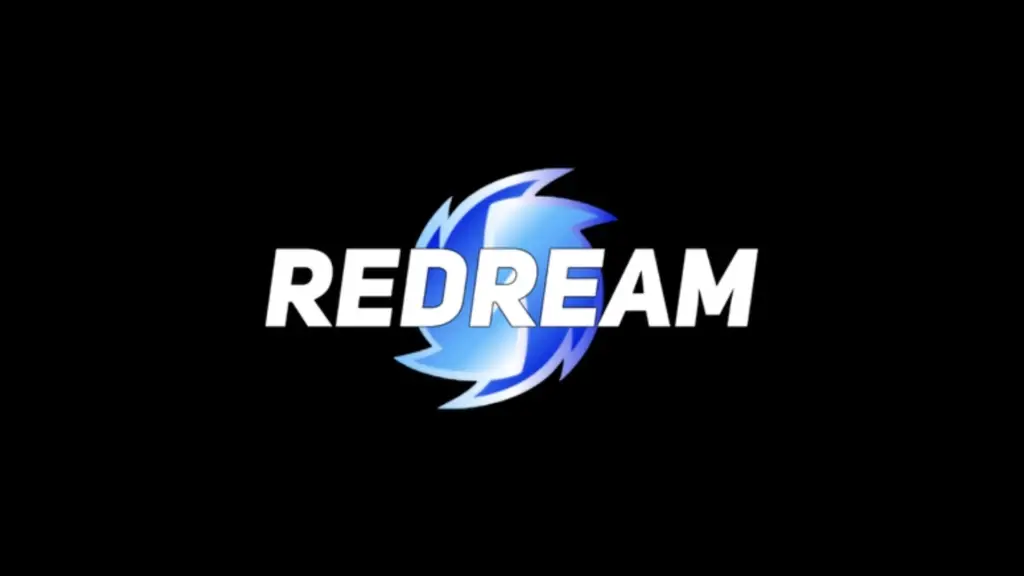
Supported platforms:
| PC |
| Linux |
| macOS |
| Android |
| Raspberry Pi (via custom builds) |
Redream is a popular open-source emulator for the SEGA Dreamcast, designed to provide a high-quality gaming experience for one of SEGA’s most innovative consoles. Launched in 2018, Redream focuses on ease of use, performance, and compatibility, making it accessible for both casual gamers and retro gaming enthusiasts. It is available on multiple platforms, including Windows, Linux, and Android.
Key features of Redream include high compatibility with a vast library of Dreamcast titles, allowing users to play most games without significant issues. The emulator supports enhanced graphics, enabling players to upscale games to higher resolutions, apply anti-aliasing, and utilize other visual enhancements, which greatly improve the overall graphical quality compared to the original hardware.
Redream also offers save state functionality, allowing users to save and load their game progress at any point, which is particularly useful for tackling difficult games or for quick play sessions. The emulator supports customizable controls, enabling users to map their input devices according to their preferences, including gamepads and keyboards.
Additionally, Redream features multiplayer support for certain titles, allowing players to experience the social aspects of gaming with friends. With its user-friendly interface, strong community support, and continuous updates, Redream has become a favored choice for Dreamcast emulation, providing a reliable and enjoyable way to experience classic SEGA titles on modern devices.
FlyCast
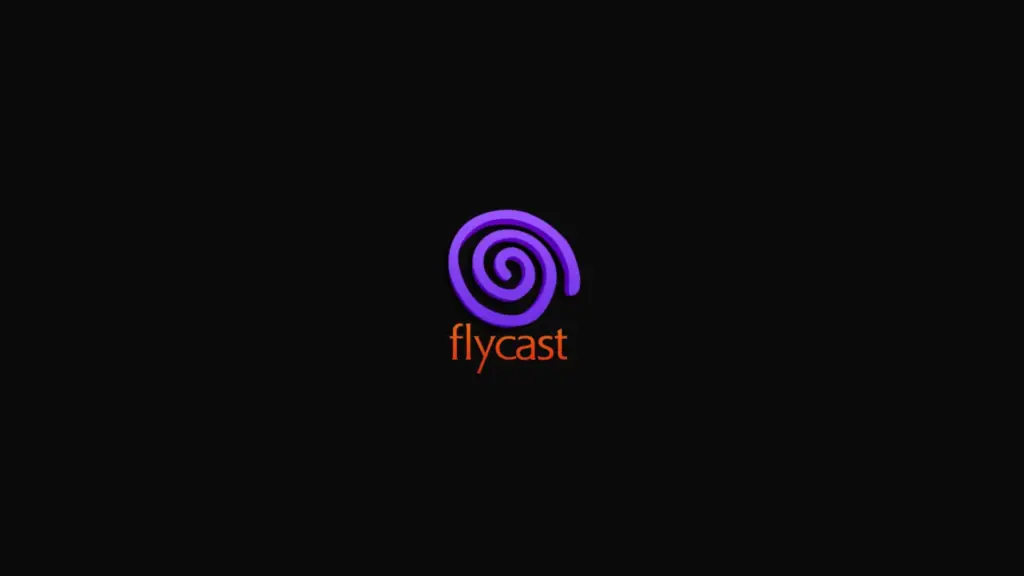
Supported platforms:
| PC | Raspberry Pi (via RetroPie) |
| Linux | Nintendo Switch (via homebrew) |
| macOS | PlayStation Vita (via homebrew) |
| Android | Xbox One (via homebrew) |
FlyCast is an open-source emulator designed for the SEGA Dreamcast, as well as the NAOMI arcade system and the Atomiswave platform. Launched in 2018 as a fork of the popular Reicast emulator, FlyCast aims to deliver an accurate and high-performance emulation experience for classic SEGA titles, available on various platforms including Windows, Linux, Android, and even the Raspberry Pi.
Key features of FlyCast include high compatibility with a wide range of Dreamcast games, allowing users to play most titles with minimal issues. The emulator supports enhanced graphics options, enabling players to upscale games to higher resolutions and apply various visual enhancements such as texture filtering and anti-aliasing, significantly improving the gaming experience compared to the original hardware.
FlyCast also offers save state functionality, enabling users to save and load their game progress at any point, which is particularly helpful for navigating challenging sections of games. The emulator includes customizable controls, allowing users to map input devices according to their preferences, including gamepads, keyboards, and touch controls.
Additionally, FlyCast features netplay support, enabling multiplayer gaming over the internet for compatible titles, allowing players to enjoy classic Dreamcast games with friends online. With its robust feature set, active development community, and commitment to performance, FlyCast has established itself as a leading choice for Dreamcast emulation, providing an engaging and reliable way to experience SEGA’s beloved titles on modern devices.
NullDC
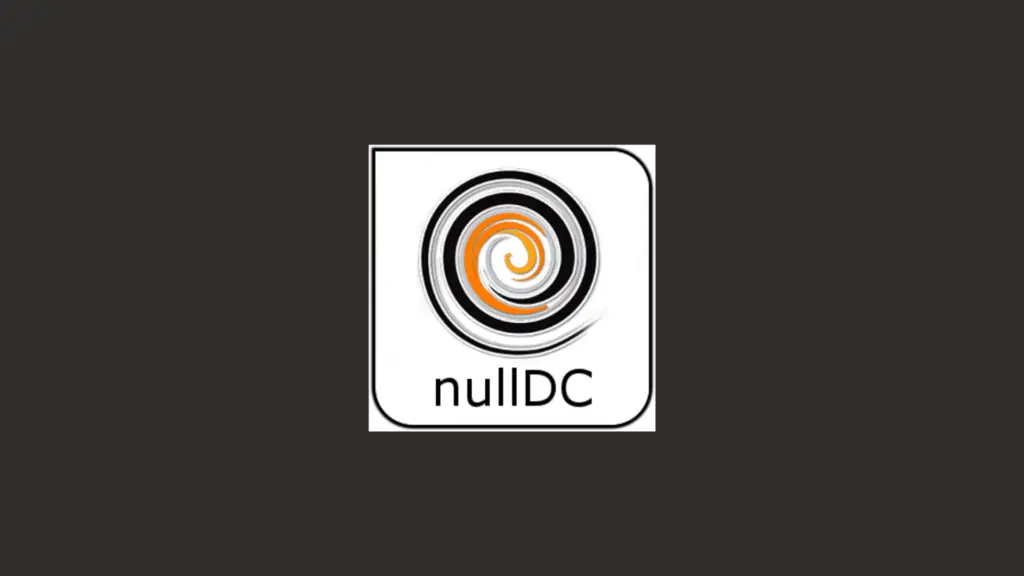
Supported platforms:
| PC |
| Linux |
| macOS |
NullDC is a notable open-source emulator for the SEGA Dreamcast and the NAOMI arcade system, first released in 2008. Known for its focus on accuracy and performance, NullDC is particularly favored among retro gaming enthusiasts who wish to experience Dreamcast titles on modern Windows systems.
Key features of NullDC include high compatibility with a wide range of Dreamcast games, allowing users to play many popular titles with minimal issues. The emulator supports various graphical enhancements, including the ability to run games at higher resolutions, which improves visual quality compared to the original hardware.
NullDC also offers save state functionality, enabling players to save and load their progress at any point in their games, making it easier to tackle challenging sections. The emulator features customizable controls, allowing users to configure their input devices, such as gamepads and keyboards, to suit their preferences.
Additionally, NullDC supports cheat codes and network play, enabling multiplayer experiences for certain titles. While it may not be as actively developed as some newer emulators, NullDC remains a solid choice for Dreamcast emulation, providing a reliable and enjoyable way to relive classic SEGA games. Its emphasis on performance and accuracy has solidified its place in the retro gaming community.
Nintendo GameCube & Wii
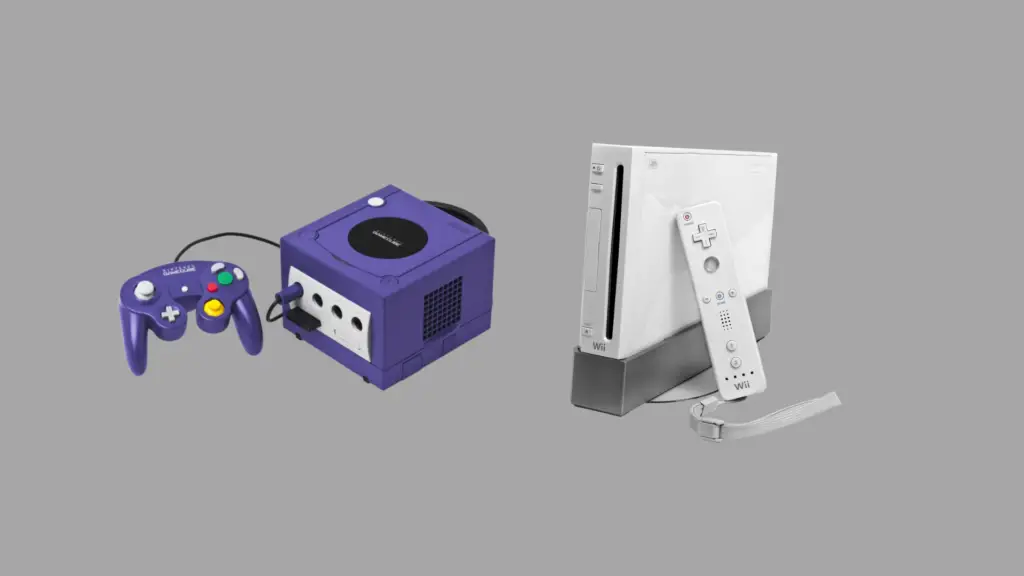
Initial release (GameCube): 2001
Initial release (Wii): 2006
The Nintendo GameCube, released in 2001, was Nintendo’s fourth home console and a unique competitor in the sixth-generation console market, alongside Sony’s PlayStation 2 and Microsoft’s Xbox. The GameCube was notable for its compact, cube-shaped design and its use of mini-discs instead of full-sized DVDs, a choice that limited media capabilities but focused on gaming performance. It introduced new ideas, such as the WaveBird wireless controller, one of the first widely adopted wireless controllers for a major console.
The GameCube became known for its strong library of first-party titles, including classics like Super Smash Bros. Melee, The Legend of Zelda: The Wind Waker, Metroid Prime, and Mario Kart: Double Dash. It also played a key role in Nintendo’s experimentation with connectivity, such as linking the Game Boy Advance to the console for enhanced features in certain games.
Despite facing stiff competition and struggling with third-party support due to its smaller storage format, the GameCube earned a dedicated fanbase and is remembered for its innovative, colorful design and beloved games. Its legacy is marked by its role in pushing Nintendo’s hardware and software creativity, laying the foundation for the success of later systems like the Wii. Many of its games are still considered some of the best in Nintendo’s catalog.
The Nintendo Wii, released in 2006, revolutionized the gaming industry with its innovative motion controls and focus on accessibility, bringing video games to a broader, more casual audience. The Wii’s motion-sensing Wii Remote, combined with the Nunchuk attachment, allowed players to physically interact with games in a way never before seen, making it an instant hit with people of all ages. Its unique control scheme and family-friendly appeal helped the Wii become a cultural phenomenon.
With iconic titles like Wii Sports, The Legend of Zelda: Twilight Princess, Super Mario Galaxy, and Mario Kart Wii, the Wii became home to some of Nintendo’s most beloved games. Wii Sports, in particular, was a major factor in the console’s success, showcasing the potential of motion controls and being bundled with the system in many regions.
Selling over 100 million units, the Wii is one of the best-selling consoles of all time, marking Nintendo’s return to dominance in the gaming market. Its focus on physical activity, social gaming, and non-traditional gamers made the Wii a household staple, expanding the gaming demographic. The console also introduced features like the Wii Shop Channel, setting the stage for digital distribution on consoles. The Wii’s legacy lies in its ability to redefine how games were played and who could play them, leaving a lasting impact on gaming and pop culture.
The Best GameCube and Wii Emulator
Dolphin (Recommended)
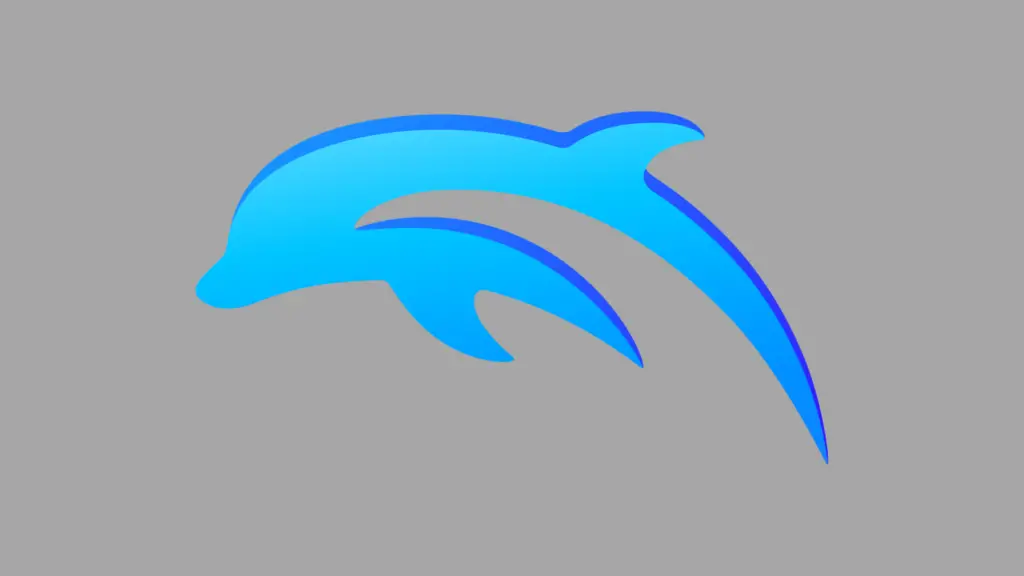
Supported platforms:
| PC |
| Linux |
| macOS |
| Android |
| Steam Deck (via Linux version) |
Dolphin is a highly acclaimed, open-source emulator for the Nintendo GameCube and Wii consoles, and a contender for the best emulator of all time in general. Launched in 2003, Dolphin has since become the leading emulator for these platforms, praised for its high compatibility, excellent performance, and extensive feature set. Dolphin allows users to play GameCube and Wii games on modern systems with enhancements that go beyond the capabilities of the original hardware.
Key features of Dolphin include high-definition resolution scaling, allowing users to play GameCube and Wii games in up to 4K resolution, significantly improving graphics quality. It also supports custom shaders and texture packs, further enhancing visual fidelity. Dolphin offers save states, enabling players to save and load their progress at any point, as well as controller mapping, allowing the use of modern controllers, including support for the original GameCube and Wii remotes via Bluetooth.
Additionally, Dolphin provides netplay for online multiplayer gaming, cheat code support, and the ability to play games from different regions. With frequent updates and a focus on both accuracy and performance, Dolphin is highly respected.
PlayStation 2
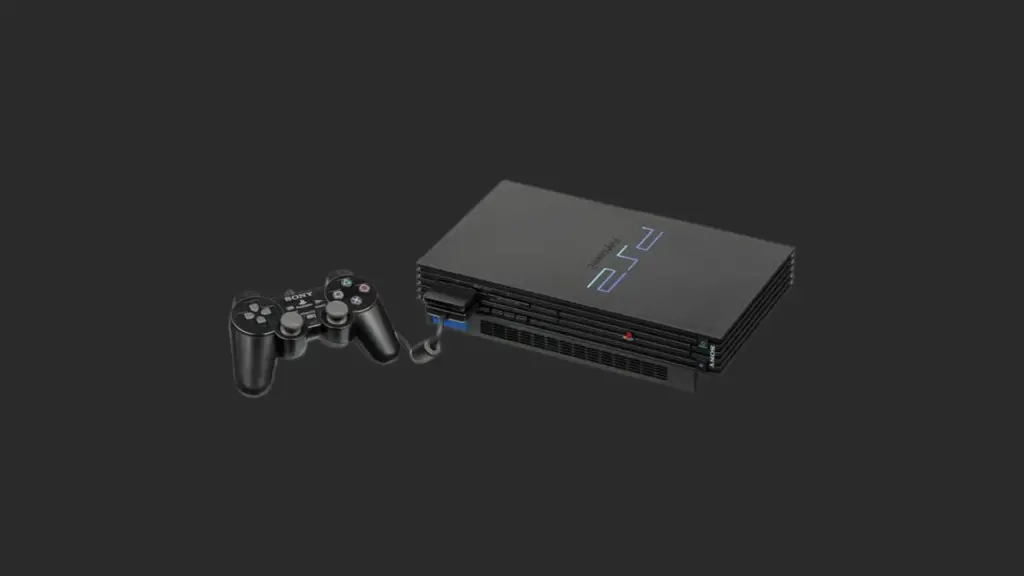
Initial release: 2000
The PlayStation 2 (PS2), released by Sony in March 2000, revolutionized the gaming industry and solidified itself as a cultural icon. As the successor to the original PlayStation, the PS2 quickly captured the hearts of gamers with its impressive library, boasting over 3,800 titles. Iconic games like Grand Theft Auto: San Andreas, Final Fantasy X, and Metal Gear Solid 2: Sons of Liberty not only showcased the console’s capabilities but also set new standards for storytelling, graphics, and gameplay mechanics. The PS2’s vast array of genres and innovative titles catered to a wide audience, solidifying its position as the best-selling console of all time, with over 155 million units sold worldwide.
One of the standout features of the PS2 was its multimedia capabilities, which included built-in DVD playback. This innovation allowed it to function as a home entertainment system, enabling users to watch movies in addition to gaming. This feature was particularly appealing during a time when standalone DVD players were still relatively expensive. By offering a cost-effective solution for both gaming and movie viewing, the PS2 attracted a diverse range of consumers, expanding its user base beyond traditional gamers.
The PS2’s technological advancements also played a significant role in its success. Its Emotion Engine processor allowed for complex graphics and realistic gameplay, pushing the boundaries of what was possible in gaming at the time. Moreover, its backward compatibility with PlayStation games ensured that gamers could continue enjoying their favorite titles while transitioning to the new platform. The PS2’s impact was felt well beyond its lifespan; even after the release of the PlayStation 3 in 2006, the PS2 continued to receive new game releases until 2013, a testament to its enduring popularity.
Ultimately, the legacy of the PlayStation 2 lies not just in its commercial success, but in its profound influence on the gaming landscape. It played a crucial role in popularizing gaming as a mainstream form of entertainment, fostering a vibrant gaming culture that continues to thrive today. The PS2 remains a beloved console for many, representing a golden era of gaming that helped shape the industry into what it is now.
The Best PlayStation 2 Emulators
PCSX2 (Recommended)
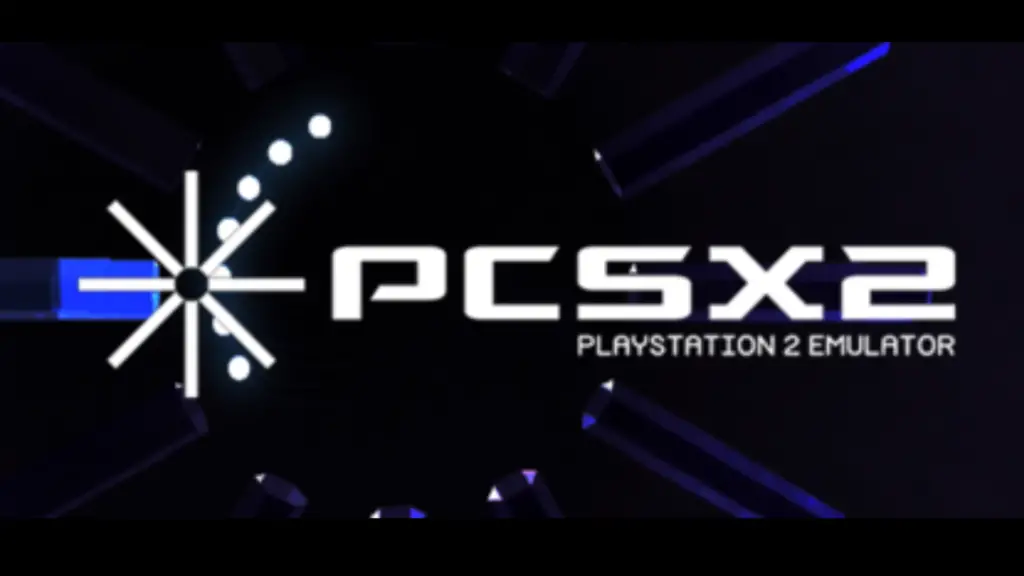
Supported platforms:
| PC |
| Linux |
| macOS |
Since its initial release in 2002, PCSX2 has evolved into one of the most popular emulators, allowing users to play thousands of PS2 games with enhanced performance and features that go beyond what was possible on the original console. It supports Windows, macOS, and Linux platforms, providing wide accessibility for users across various operating systems.
One of the standout features of PCSX2 is its ability to improve the graphical quality of PS2 games. It offers options for high-resolution rendering, enhanced textures, anti-aliasing, and other graphical tweaks that make classic PS2 games look significantly better on modern hardware. Players can upscale games from their native resolution to 1080p, 4K, or even higher, breathing new life into older titles while maintaining the essence of their original design.
PCSX2 also supports a wide range of input devices, including keyboards, mice, and game controllers, offering flexibility in how users choose to play. Another notable feature is save states, which allow players to save their progress at any point in the game and resume from that exact moment, bypassing the in-game save systems. Additionally, PCSX2 includes cheat support, providing users the ability to use cheat codes for various games.
Compatibility is another strength of PCSX2. It supports a vast majority of the PS2 library, with many games running smoothly at full speed. The emulator is actively developed and updated, with frequent improvements to game compatibility, performance, and stability. With its array of features and active development, PCSX2 is a powerful tool for gamers who want to relive their favorite PS2 experiences or discover classics for the first time on modern machines.
PlayStation 3
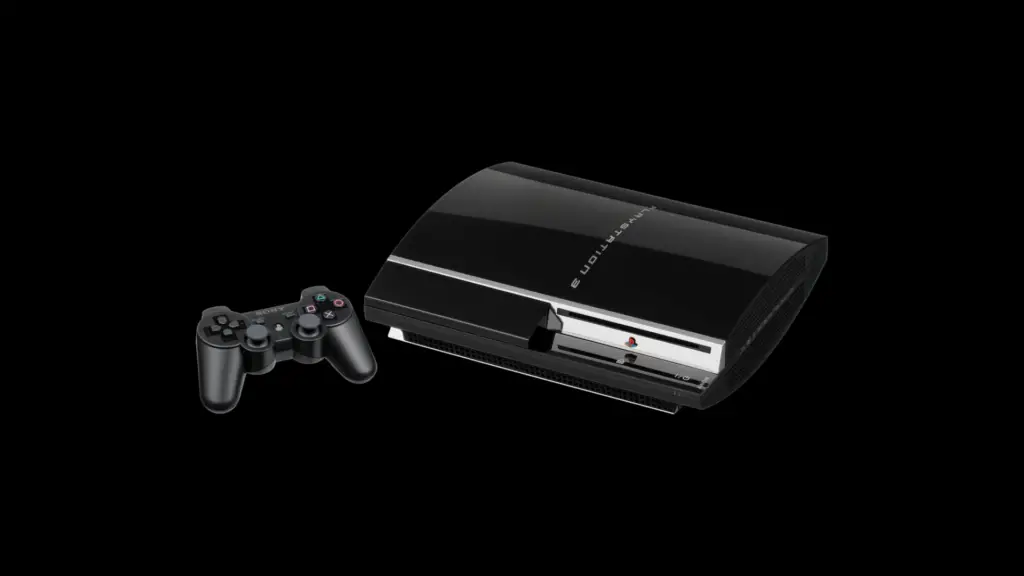
Initial release: 2006
The PlayStation 3 (PS3), released by Sony in 2006, was a major leap forward in gaming technology, marking the beginning of the seventh generation of video game consoles. It introduced cutting-edge features like high-definition Blu-ray playback, a built-in hard drive, and robust online multiplayer through the PlayStation Network (PSN). The PS3 helped establish Blu-ray as the dominant media format, offering exceptional graphics and storage capacity for games. Titles like The Last of Us, Uncharted, Metal Gear Solid 4, and Gran Turismo 5 became defining games of the era, showcasing the PS3’s graphical and storytelling capabilities.
The console’s Cell processor, while powerful, was complex for developers to work with, leading to a slower start in its game library compared to competitors. However, Sony’s focus on innovation and first-party exclusives helped the PS3 gain momentum over time. Its integration of multimedia capabilities, including streaming services and Blu-ray, made it more than just a gaming console, turning it into a comprehensive entertainment hub.
The PlayStation 3’s legacy lies in its technological advancements, contributions to the Blu-ray format, and the establishment of online gaming through PSN. Its impact paved the way for the PlayStation 4, refining Sony’s approach to user experience, game development, and multimedia integration. Despite early challenges, the PS3 became an iconic part of gaming history, leaving behind a library of beloved games and significant innovations in the console market.
The Best PlayStation 3 Emulators
RPCS3 (Recommended)
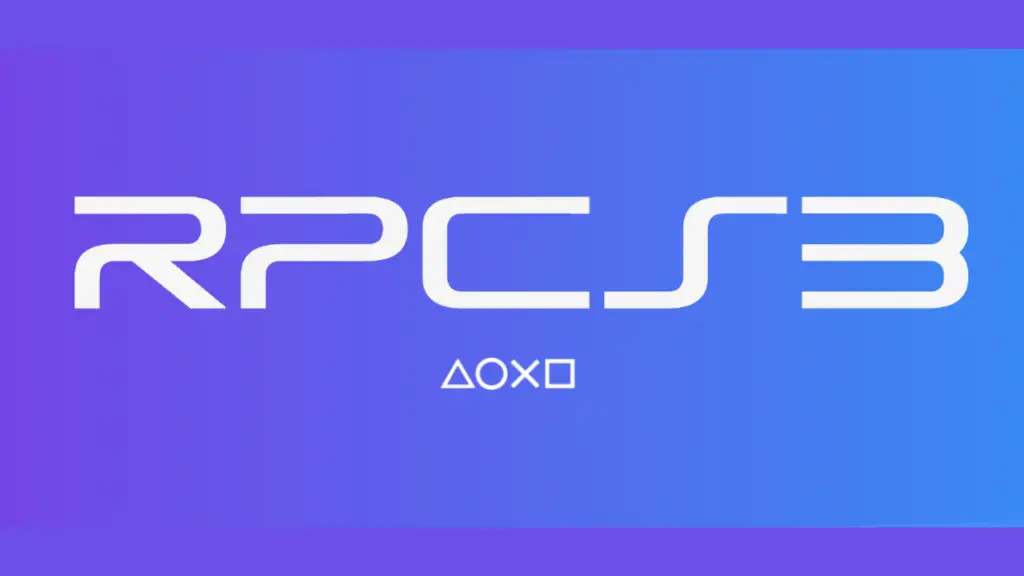
Supported platforms:
| PC |
| Linux |
| macOS |
RPCS3 is an open-source emulator and debugger for the PlayStation 3, developed to bring PS3 games to modern computers. Since its inception in 2011, RPCS3 has made significant progress in emulating the complex architecture of the PS3, which features the notoriously difficult-to-program Cell processor. Available for Windows, Linux, and BSD systems, RPCS3 allows users to play a growing number of PS3 titles on their PCs, offering performance enhancements and features not available on the original console.
One of the most notable features of RPCS3 is its ability to run games at higher resolutions and frame rates than the PS3, with support for upscaling to 4K and beyond. This visual enhancement makes older games look sharper and more detailed, bringing them up to modern graphical standards. Additionally, the emulator allows for custom configuration of graphical settings, including anti-aliasing, texture filtering, and V-Sync, providing users with control over their gaming experience.
RPCS3 also supports save states, allowing players to save and load their progress at any point in a game, bypassing traditional in-game save systems. The emulator includes full keyboard and mouse support, as well as compatibility with a variety of game controllers, including PlayStation and Xbox controllers. It also offers support for cheat codes and custom patches, allowing players to modify and experiment with games in ways that were not possible on the original hardware.
Compatibility is constantly improving, with many popular PS3 titles like Demon’s Souls, The Last of Us, and Persona 5 being fully playable. The development team is active, frequently releasing updates that improve performance, fix bugs, and expand the list of playable games. With its robust features and active community, RPCS3 has become the go-to emulator for those looking to experience PlayStation 3 games with enhanced performance and flexibility on modern systems.
Xbox 360
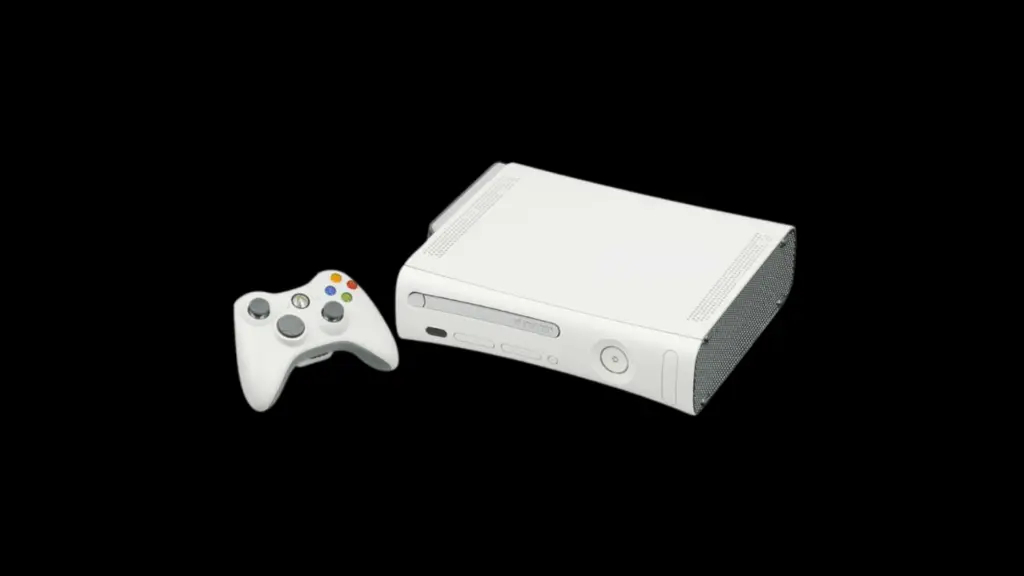
Initial release: 2005
The Xbox 360, released by Microsoft in 2005, was a groundbreaking console that played a pivotal role in shaping the modern gaming landscape. As part of the seventh generation of consoles, the Xbox 360 introduced HD gaming, an expansive online multiplayer experience through Xbox Live, and innovative features such as achievements and downloadable content (DLC), which have since become industry standards. Notable games like Halo 3, Gears of War, Mass Effect, and Forza Motorsport became defining titles, solidifying the console’s place in gaming history.
One of the Xbox 360’s most significant contributions was its robust online infrastructure. Xbox Live transformed how players interacted with games and each other, setting new benchmarks for competitive and cooperative multiplayer experiences. The introduction of achievements and Gamerscore also added a new layer of engagement, influencing how players approached gameplay and completion.
Despite its initial technical issues, most notably the “Red Ring of Death,” the Xbox 360’s vast game library, strong third-party support, and multimedia capabilities helped it become a dominant force in the gaming industry. Its legacy is defined by its online innovations, expansive game catalog, and its role in cementing Microsoft as a major player in the console market, influencing the future of gaming with services, downloadable content, and connected gameplay experiences.
The Best Xbox 360 Emulators
Xenia (Recommended)
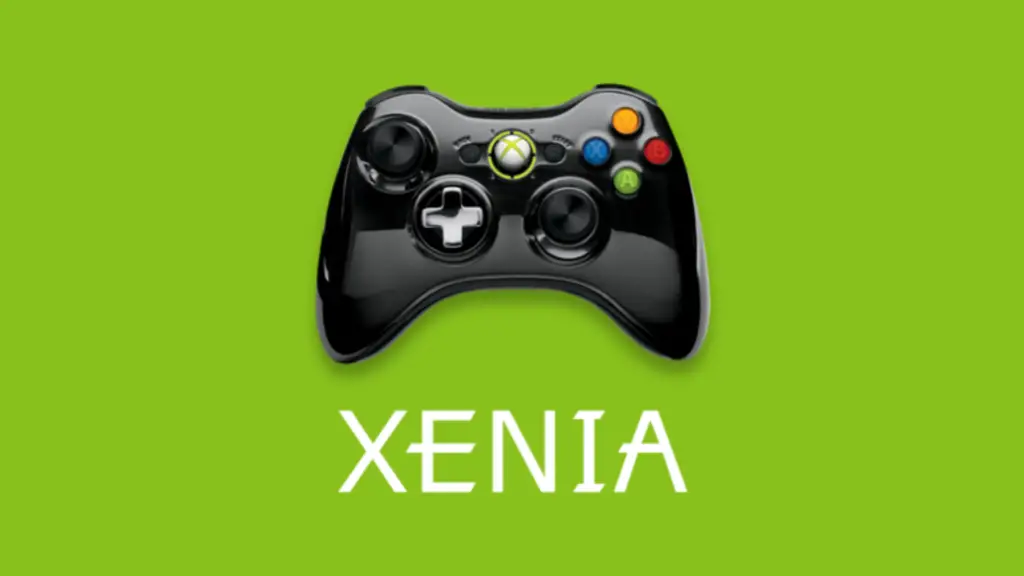
Supported platforms:
| PC |
| Linux (via unofficial builds) |
Xenia is an open-source emulator designed to replicate the functionality of the Xbox 360 on modern PCs. Since its development began in 2013, Xenia has made substantial strides in emulating the complex architecture of the Xbox 360, allowing players to experience many classic Xbox 360 titles on Windows computers. It is actively developed, with frequent updates to improve compatibility, performance, and game functionality.
One of the key features of Xenia is its ability to run Xbox 360 games with improved performance, often allowing for higher resolutions and smoother frame rates than were achievable on the original console. This feature enhances the visual quality of games, making them look better on modern hardware. Users can also configure graphical settings like V-Sync, anti-aliasing, and scaling, providing flexibility in optimizing performance based on their system capabilities.
Xenia supports a variety of input devices, including Xbox controllers and other third-party gamepads, ensuring that players can enjoy a familiar gaming experience. While Xenia is still in development, with some games experiencing bugs or performance issues, it already supports a large number of titles, including popular games like Red Dead Redemption, Halo 3, and Gears of War 2. The emulator does not officially support online multiplayer, but single-player and local multiplayer modes work for many games.
Although still evolving, Xenia’s development is promising, with a focus on accuracy and performance. Its open-source nature allows for community contributions, helping to expand game compatibility and improve the emulator’s overall functionality. For gamers seeking to relive the Xbox 360 era or access titles not available on newer platforms, Xenia is a powerful and evolving tool.
Nintendo Wii U
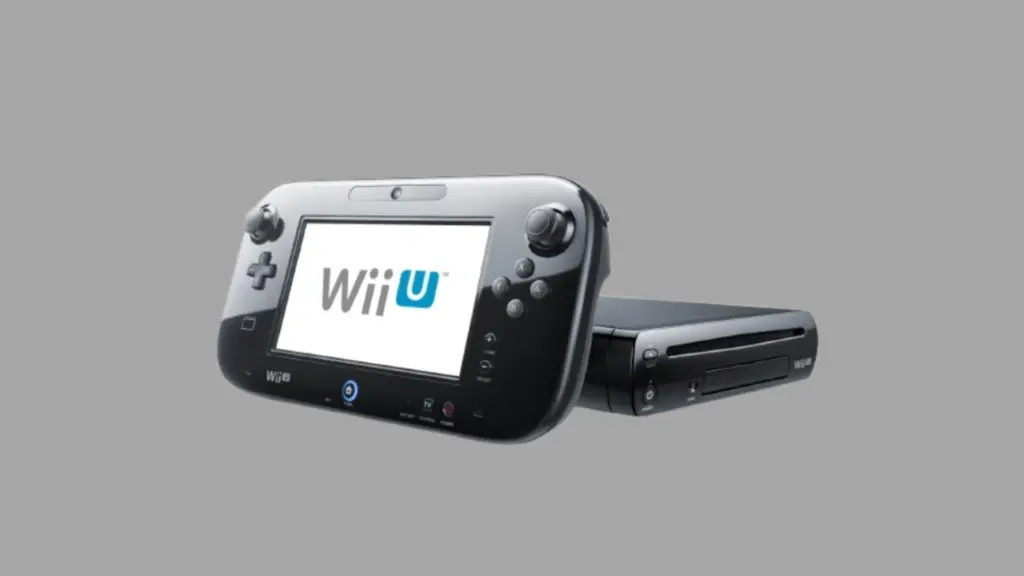
Initial release: 2012
The Nintendo Wii U, released in 2012, was Nintendo’s eighth-generation console and the successor to the highly successful Wii. While it introduced innovative features like the Wii U GamePad, a tablet-like controller with a built-in touchscreen that allowed for asymmetrical gameplay and off-TV play, the console struggled to capture the same level of success as its predecessor.
Despite having a diverse library of games, including standout titles like Super Mario 3D World, The Legend of Zelda: The Wind Waker HD, and Splatoon, the Wii U faced challenges such as confusing marketing and a lack of third-party support. Many consumers were unaware of its distinct identity from the Wii, which contributed to its lower sales, with around 13.5 million units sold worldwide.
The Wii U’s legacy is multifaceted; it laid the groundwork for the innovative design choices seen in the Nintendo Switch, such as hybrid gaming and the importance of portable play. The console also emphasized online multiplayer and digital downloads, features that would become more prominent in later Nintendo systems. Despite its commercial struggles, the Wii U is fondly remembered for its unique games and contributions to gaming innovation, influencing Nintendo’s future direction in hardware and software design.
The Best Wii U Emulator
Cemu (Recommended)
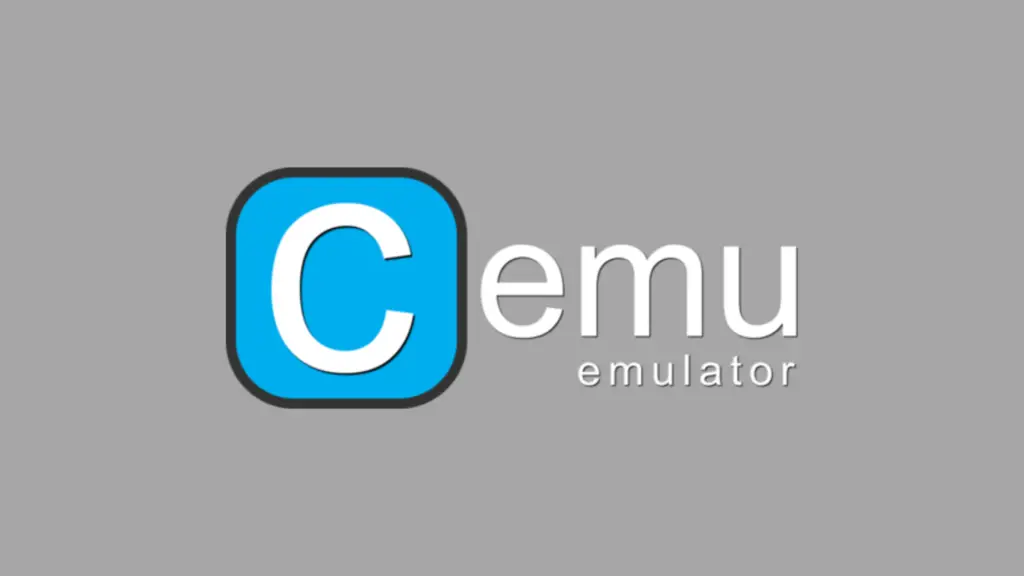
Supported platforms:
| PC |
Cemu is a highly regarded, open-source emulator for the Nintendo Wii U, launched in 2015. Known for its impressive performance and accuracy, Cemu allows users to play Wii U games on Windows PCs, often with enhanced graphics and improved performance compared to the original hardware.
Key features of Cemu include high-definition resolution scaling, enabling games to be played in resolutions up to 4K, significantly enhancing visual fidelity. It supports various graphics packs, allowing users to apply custom textures and shaders, further improving the gaming experience. Cemu also offers save states, making it easy for players to save and load their progress at any time, and controller configuration, allowing for a wide range of input devices, including gamepads and keyboards.
Additionally, Cemu has built-in support for online play, enabling users to enjoy multiplayer features of certain games, and frequent updates ensure ongoing improvements and compatibility with a growing library of titles. With its focus on performance and user experience, Cemu has become the go-to choice for those looking to experience Wii U games on PC, making it a significant player in the emulator landscape.
Nintendo Switch
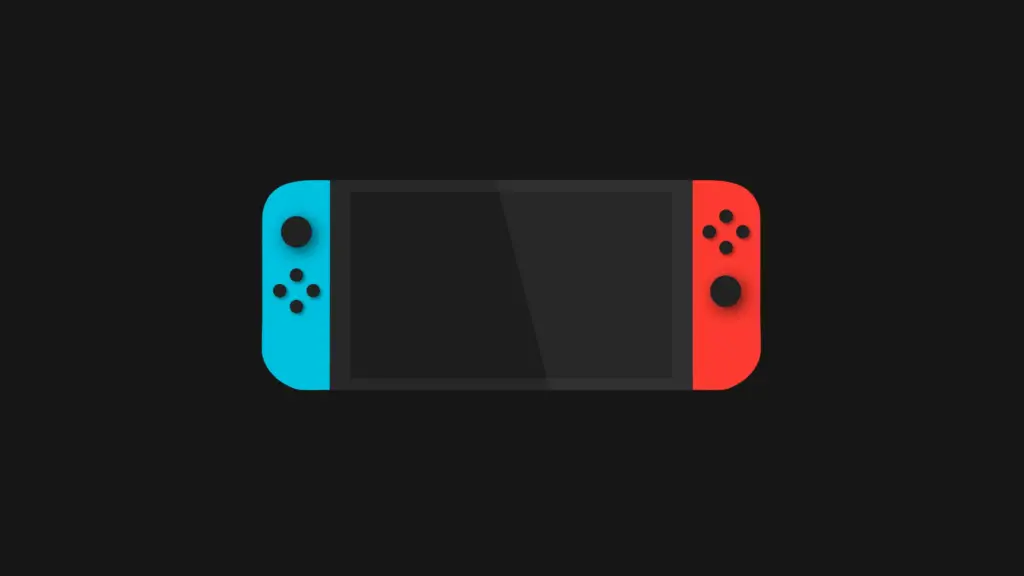
Initial release: 2017
The Nintendo Switch, released in March 2017, is a groundbreaking hybrid console that seamlessly transitions between handheld and home gaming. With its unique design, featuring detachable Joy-Con controllers and a versatile dock, the Switch caters to both casual and hardcore gamers, allowing them to play anywhere, whether on the go or at home on a TV.
The Switch’s launch was accompanied by critical and commercial successes, with standout titles such as The Legend of Zelda: Breath of the Wild, Super Mario Odyssey, and Splatoon 2 showcasing its innovative gameplay capabilities. The console quickly became a cultural phenomenon, appealing to a diverse audience and revitalizing Nintendo’s position in the gaming market.
Selling over 100 million units by 2023, the Nintendo Switch is one of the best-selling consoles of all time, rivaling the Wii. Its legacy includes redefining the gaming experience by blending home and portable play, encouraging local multiplayer with its easy-to-use controls, and emphasizing digital gaming through the Nintendo eShop.
The success of the Switch has influenced the direction of future gaming hardware, inspiring other companies to explore hybrid models. With a rich library of games and continued support from both Nintendo and third-party developers, the Switch has cemented its place in gaming history as a versatile and innovative console that reshaped how people engage with video games.
The Best Nintendo Switch Emulators
Ryujinx (Recommended)

Supported platforms:
| PC |
| Linux |
| macOS |
Ryujinx is a powerful, open-source emulator for the Nintendo Switch, first released in 2018. Known for its focus on accuracy and performance, Ryujinx enables users to play a wide variety of Switch games on Windows, Linux, and macOS systems.
Key features of Ryujinx include high-resolution rendering, allowing games to be played at resolutions significantly higher than the original Switch hardware, and enhancing visual clarity and detail. The emulator supports save states, enabling users to save and load game progress at any point, and offers customizable controller configuration, making it compatible with various input devices.
Ryujinx also provides mod support, allowing users to enhance or modify their gaming experience with custom textures and gameplay modifications. With a user-friendly interface and regular updates, Ryujinx continues to improve compatibility with a growing library of titles, ensuring that players can enjoy both popular and obscure games from the Switch catalog.
Additionally, the emulator supports online multiplayer for certain titles, enabling users to experience the social aspects of gaming. As a leading choice for Nintendo Switch emulation, Ryujinx is praised for its commitment to providing a high-quality and accessible experience for fans of Nintendo’s latest console.
Suyu
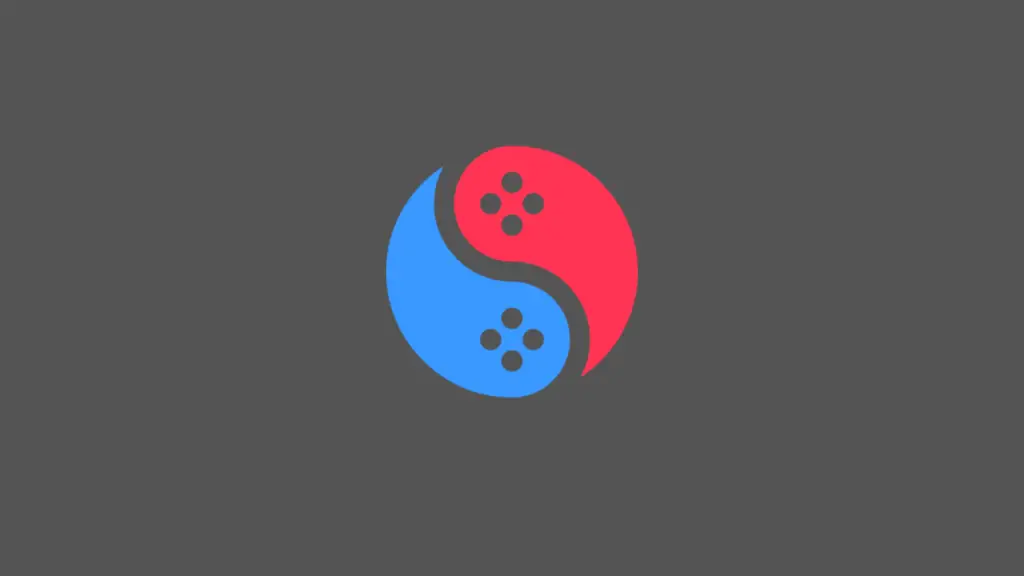
Supported platforms:
| PC |
| Linux |
Suyu is a relatively new, open-source emulator designed for the Nintendo Switch, focused on delivering an efficient and user-friendly gaming experience. While still in active development, Suyu aims to provide a balance of performance and compatibility, enabling players to enjoy a wide range of Switch titles on their PCs.
Key features of Suyu include dynamic resolution scaling, allowing games to run smoothly by adjusting the resolution based on the system’s performance capabilities. The emulator also supports controller input, enabling users to configure various gamepads for a more personalized gaming experience.
Suyu is designed with an intuitive user interface, making it accessible for both newcomers and experienced users alike. As the emulator is actively developed, regular updates focus on improving compatibility with more titles and enhancing performance optimizations.
While it may not yet have the extensive feature set of more established emulators, Suyu represents a growing option in the Nintendo Switch emulation scene, appealing to users seeking an alternative for playing their favorite Switch games on PC.

